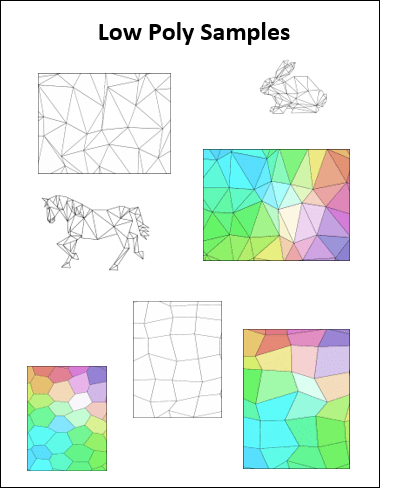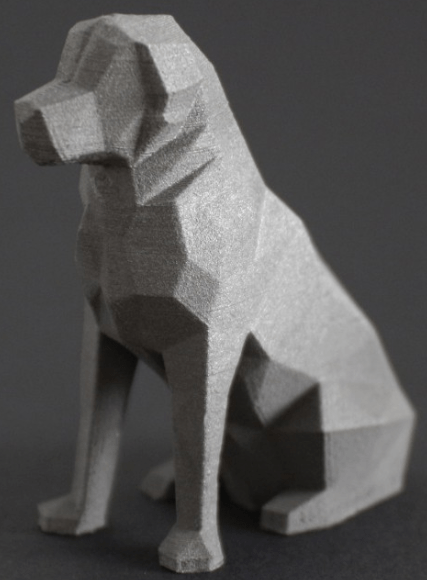Canva is a platform that allows users to easily create visually stunning images using artificial intelligence. One of its standout features is the artificial intelligence (AI) text to image function that was recently deployed. This feature allows users to input a block of text and generate an image based on its contents. This can be super useful if you are looking for content-specific images but coming up empty handed.
One of the biggest benefits of the AI text to image feature is that is highly customizable. The more detailed your request, the better it can create photos to match what you might want. But this tool isn’t perfect, so be prepared to tweak your input text and try again. And, as the AI improves, you can expect fewer cases of having to tweak your text in the future. Also, you can reach your image quota for the day, though no specific information can be found as to how many requests you can make before this happens. As their servers and processing power scales, you may find that this is no longer a limitation of using their tool.
Five Steps for Using Canva’s Text to Image Tool
- Open Canva, and start a new project.
- The first time you use Canva’s text to image tool, you will need to scroll down on the left-hand menu to locate it in the Apps directory.
- As shown below, you will need to describe the image you’re looking for as best you can in the text box.
- Next, scroll through the styles to select the one you are interested in, or you can just leave it as “Surprise me.”
- When you are ready for Canva to generate four options for you to consider, click the “Generate image” button. To use an image, just click it or click and drag it to the stage area. You can then use the image as you would with any other graphic!
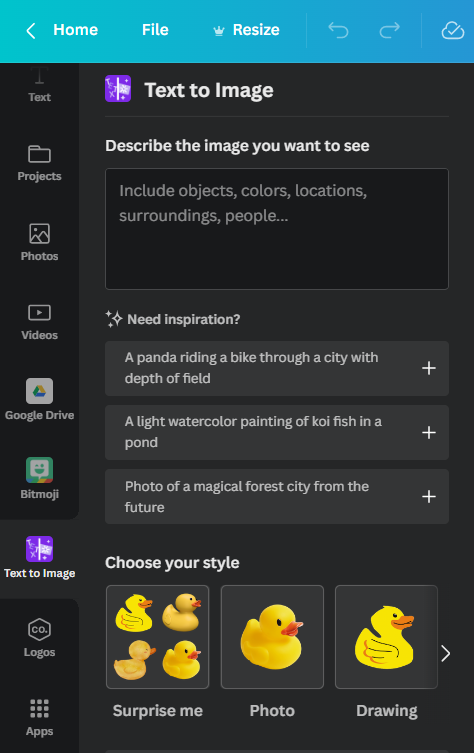
Four Best Practices to Optimize Image Output
When using Canva’s AI text to image feature, there are a few best practices to keep in mind in order to maximize its impact.
1. Carefully plan the content of your text.
The AI algorithms in Canva will use the words in your text to generate the image, so it’s essential to choose your words wisely. Make sure that your text clearly conveys your intended message and uses language that will be easily understood by your audience. If the images aren’t created as you intended, consider how you can tweak your text input and try again. You may need to be more specific or more generic in your input.
2. Consider the context in which your image will be used and choose a style that fits.
In Canva, you can choose from several options: Surprise me (which will create a variety of styles from your input), Photo, Drawing, 3D, Painting, Pattern, and Concept art (associated icons shown below in order).

3. Keep your audience in mind when using the AI text to image feature.
Think about what your audience is looking for and tailor your images to meet their needs and preferences. That may mean you have to tweak the wording to include specific objects, colors, locations, surroundings, people, feelings/emotions, etc.
4. You cannot go back to previously generated images, so add images you think you may use to the stage area.
This will allow you to also compare images from several tries. Then, you can just delete the ones from the stage that you choose not to use. Additionally, you can add each image to a separate page so you can go back to them at a later date. Doing this will allow you to save each image individually when you save the file as a JPG or PNG file.
Examples of AI-Generated Images in Canva
Canva offers several ideas to prime the pump in case you aren’t sure what to try first. They include:
- A panda riding a bike through a city with a depth of field
- A light watercolor painting of koi fish in a pond
- A photo of a magical forest city from the future
For the following images, I chose the Surprise me style. Above each set of photos is the text I used to generate the images.
“Settlers traveling across Texas plains in covered wagons during winter“
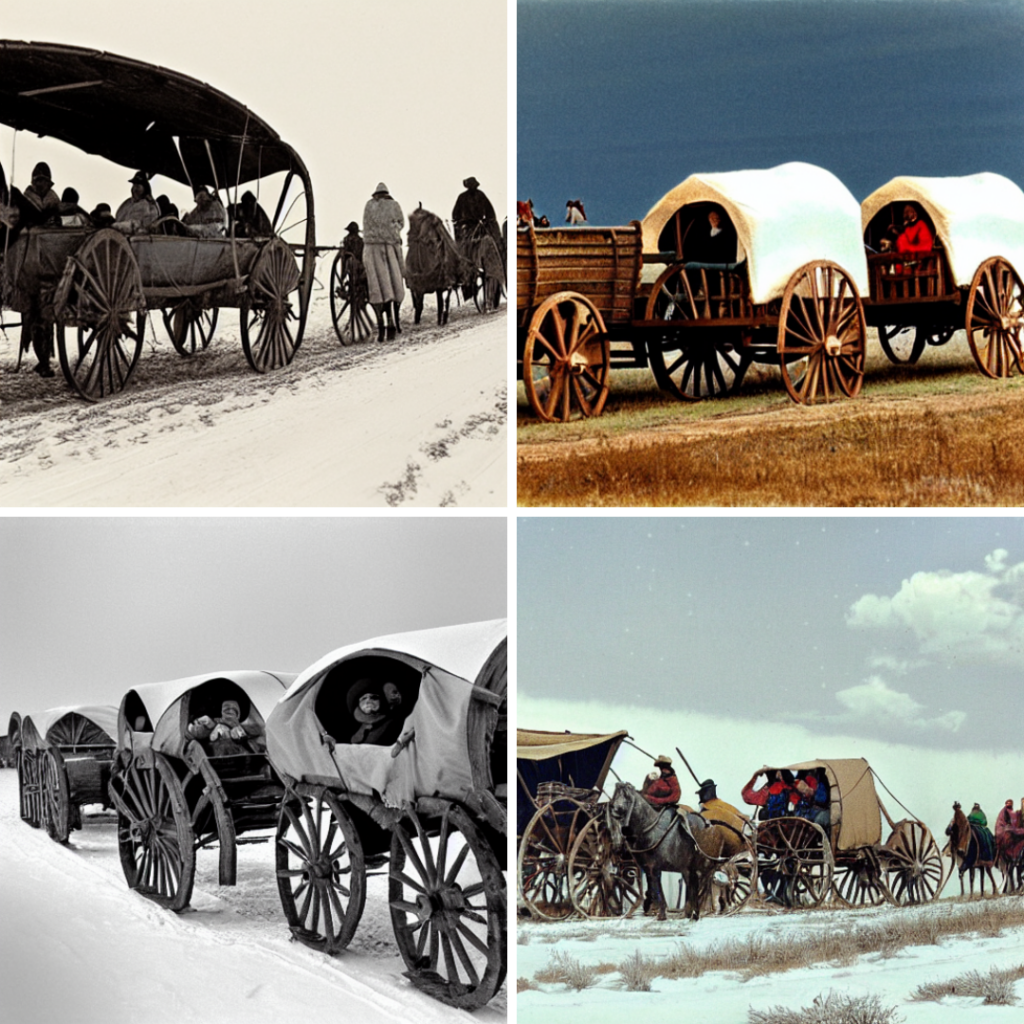
“Phileas Fogg Rides an Elephant as led by a young Parsee guide into the jungle” (in reference to chapter 11 of Around the World in Eighty Days by Jules Verne)
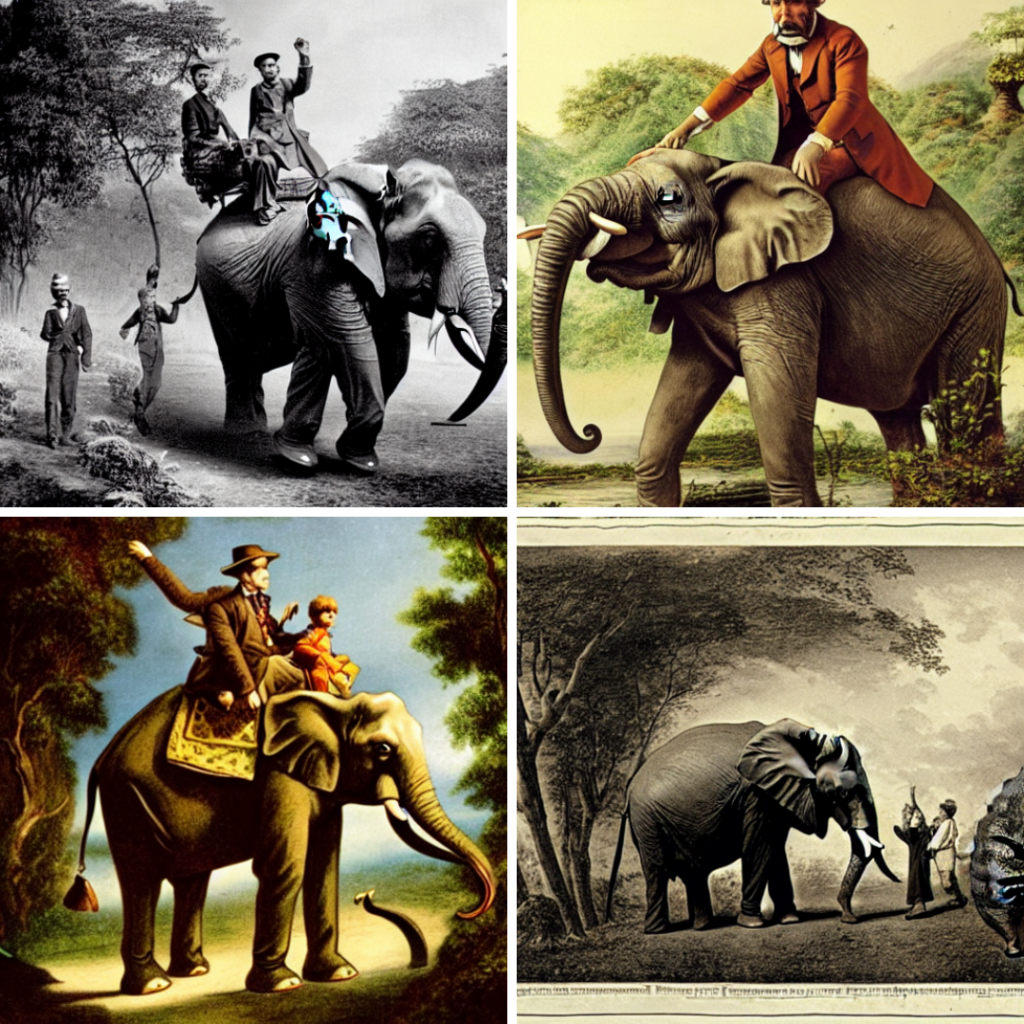
“A scientist mixing chemicals from two different flasks. Smoke rising up from one flask. Liquids are red and blue.”
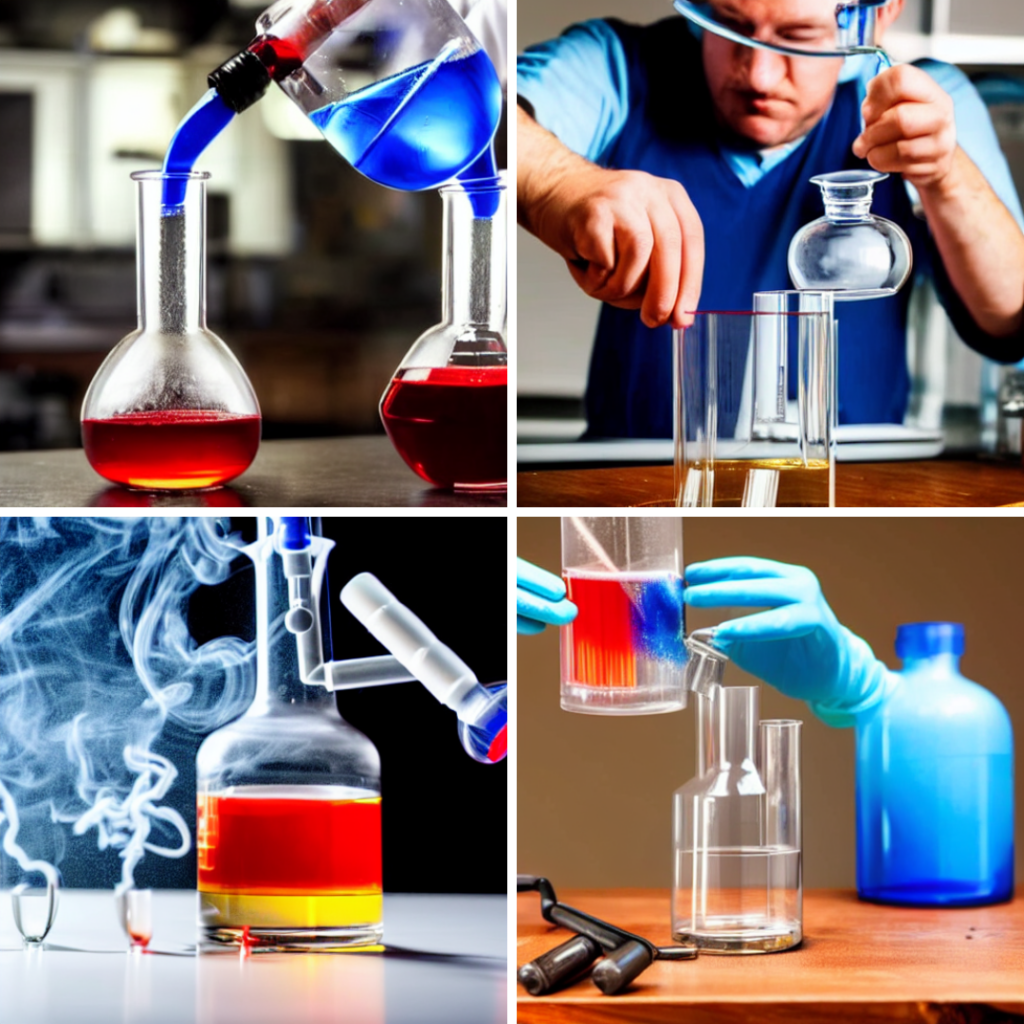
Be sure to visit and bookmark Canva’s Free AI Online Image Generator page to stay up with the latest info on this fabulous tool. You can also find more exciting news and info by following Cana on Twitter at @Canva!
What will you create with Canva’s new AI text to image tool? How will you use it to support vocabulary and language acquisition, comprehension, critical thinking, and other skills that benefit from having visual supports?
If you don’t already have one, I encourage you to sign up for a free Canva for Education account.
More AI Articles
Artificial Intelligence (AI) Tools Spur Classroom Creativity
How AI Can Enhance Education
An AI Tool for Generating Higher-Order Discussion Questions
How ChatGPT Can Help with Grading
Four Ways AI Can Help Teach Poetry
How to Improve Google Search Results with ChatGPT

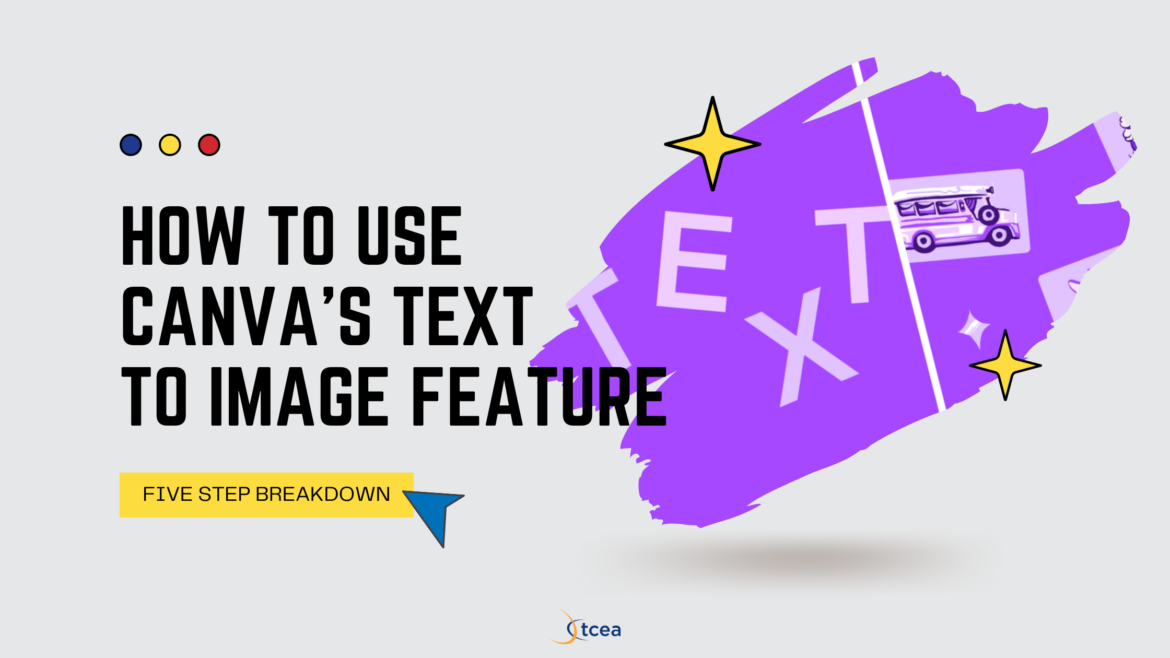
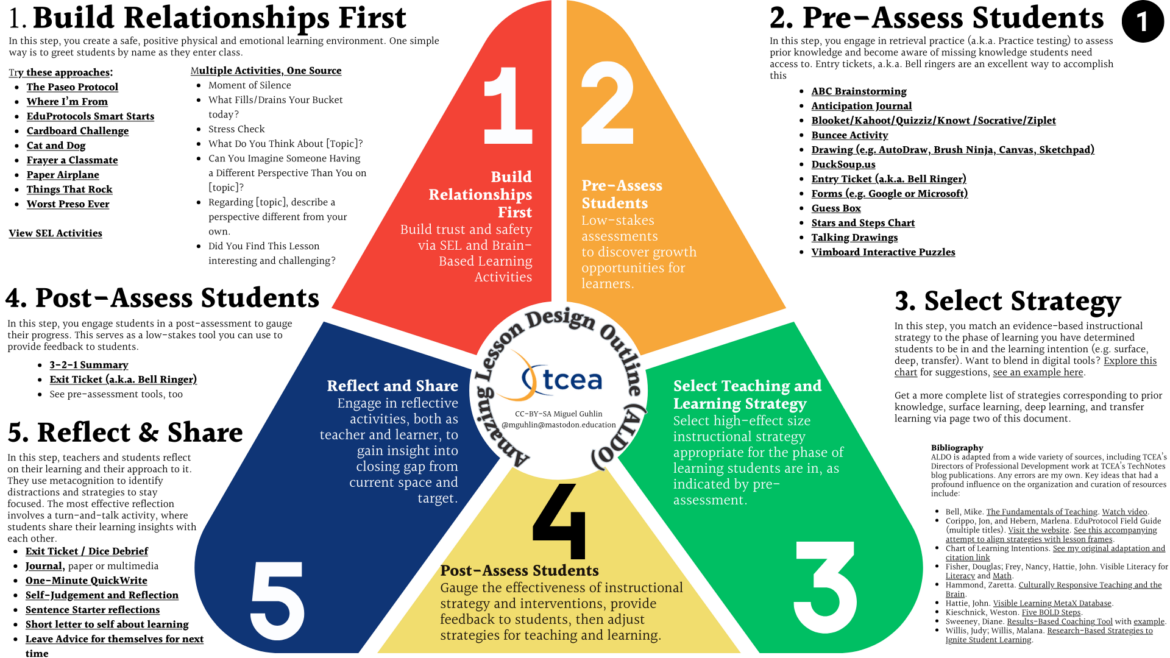
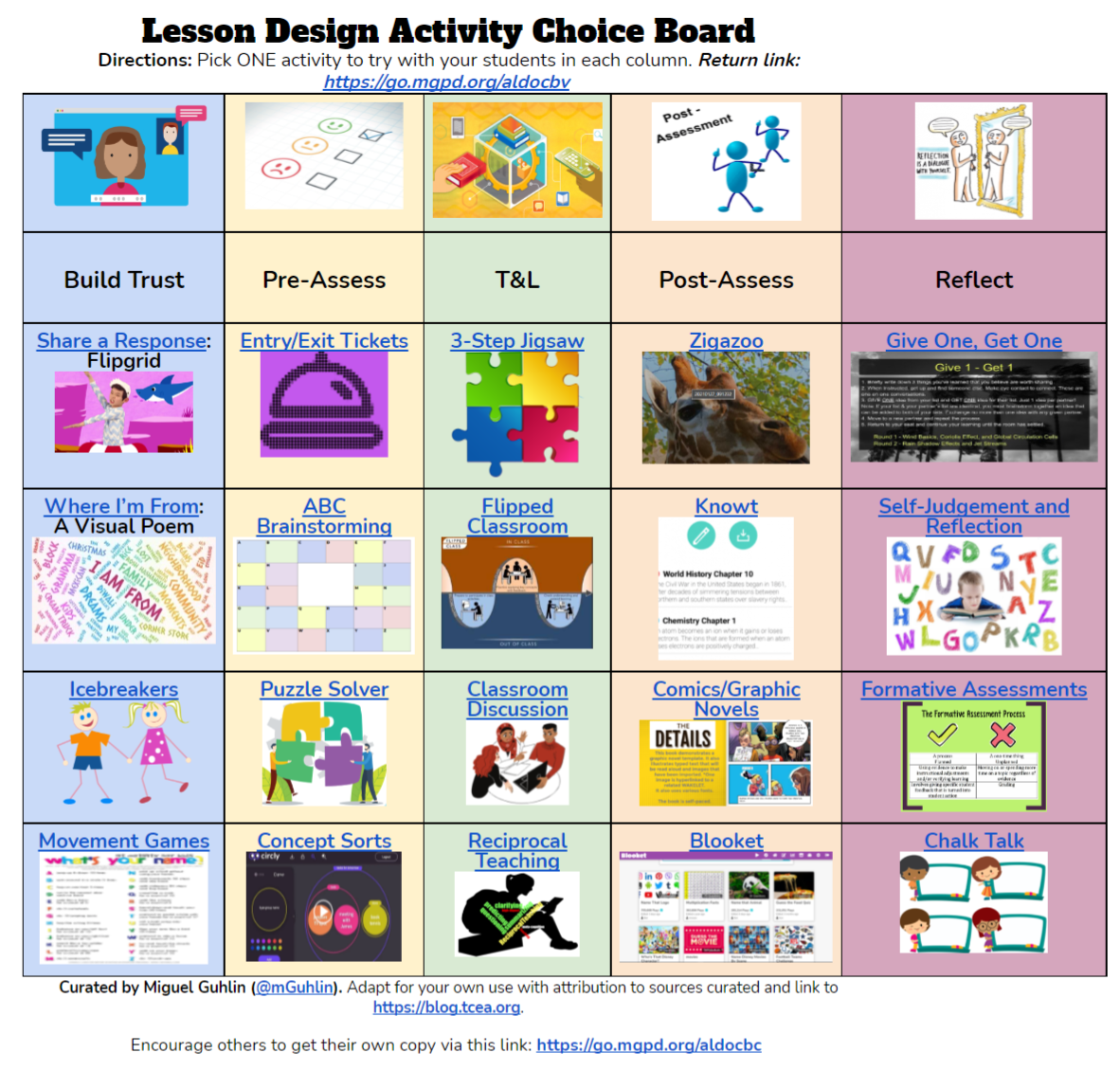
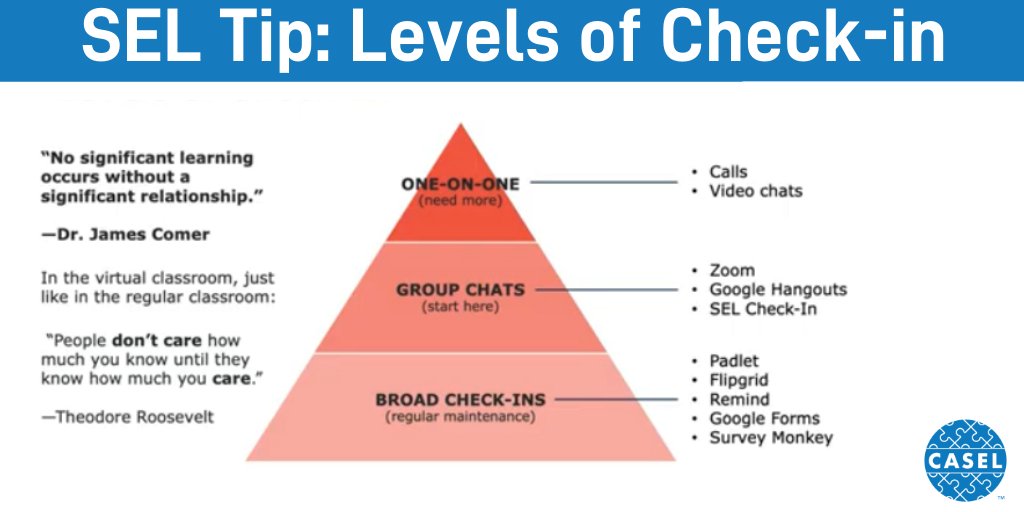
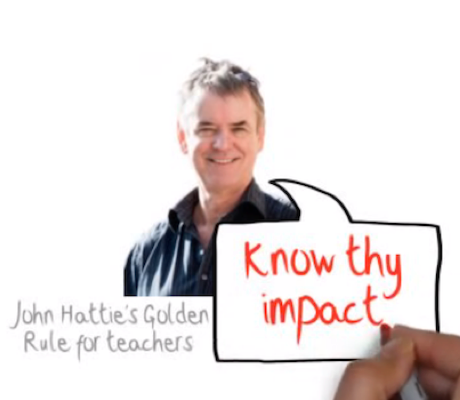
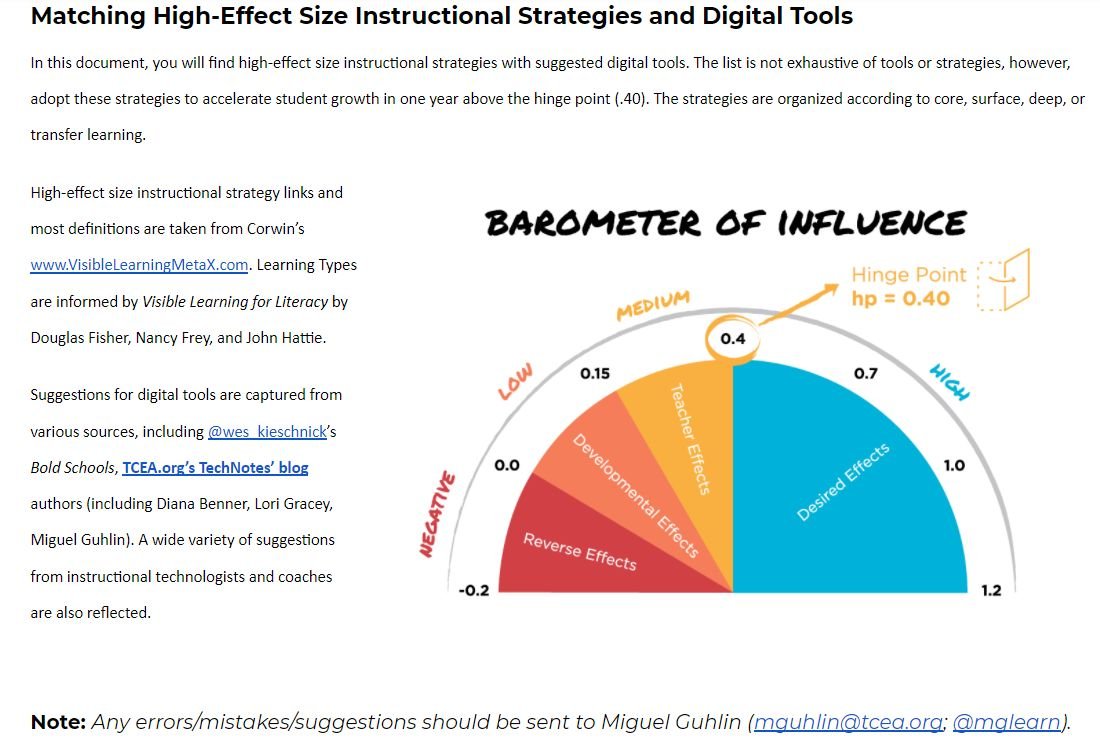

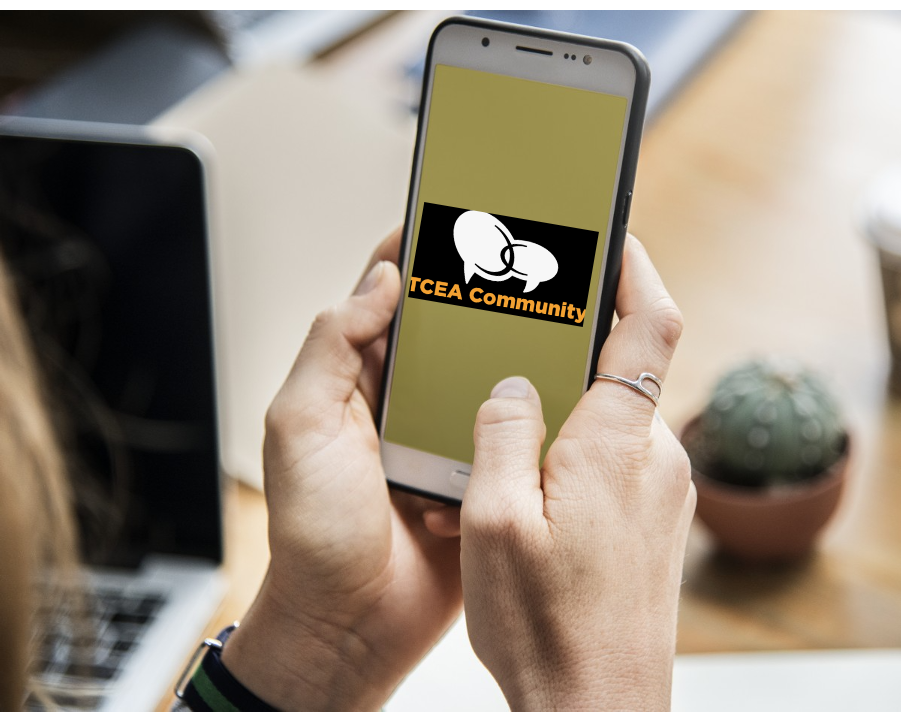 A Cry for Help: I Can’t Form an Online Community
A Cry for Help: I Can’t Form an Online Community
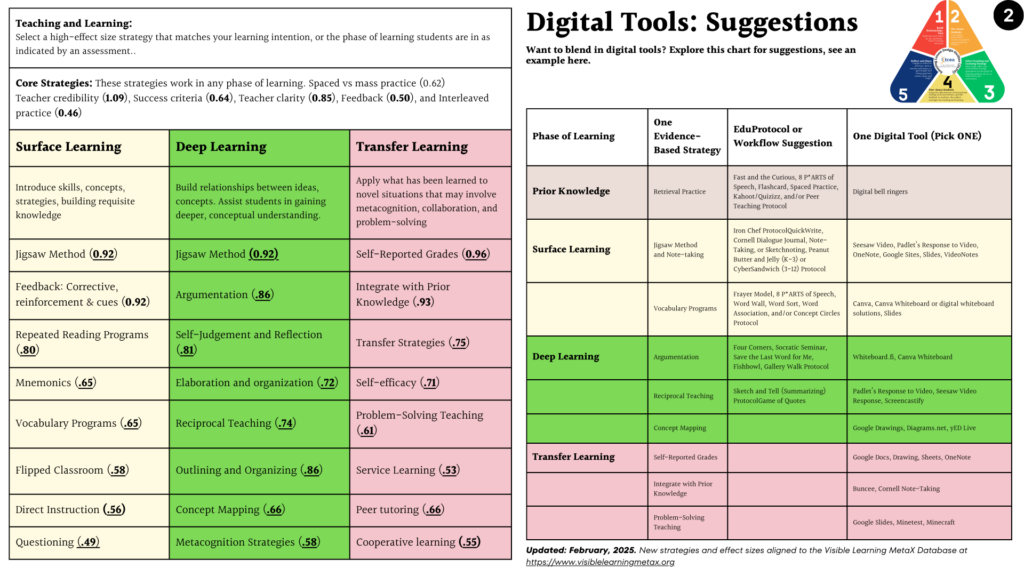

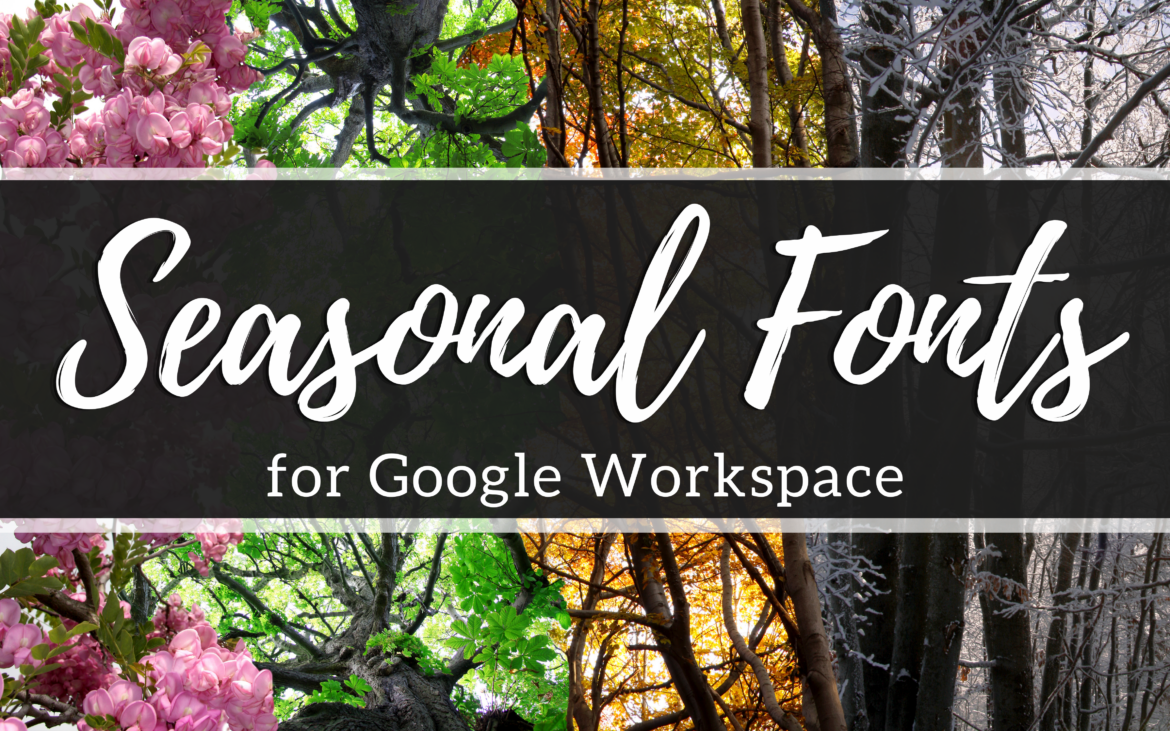
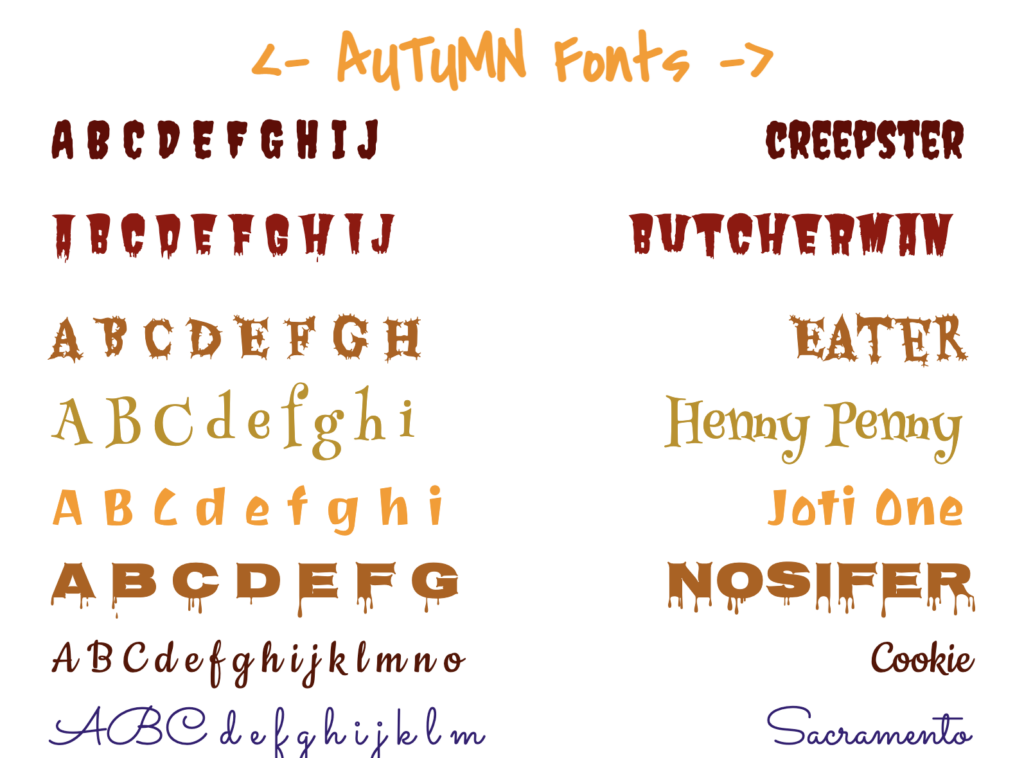
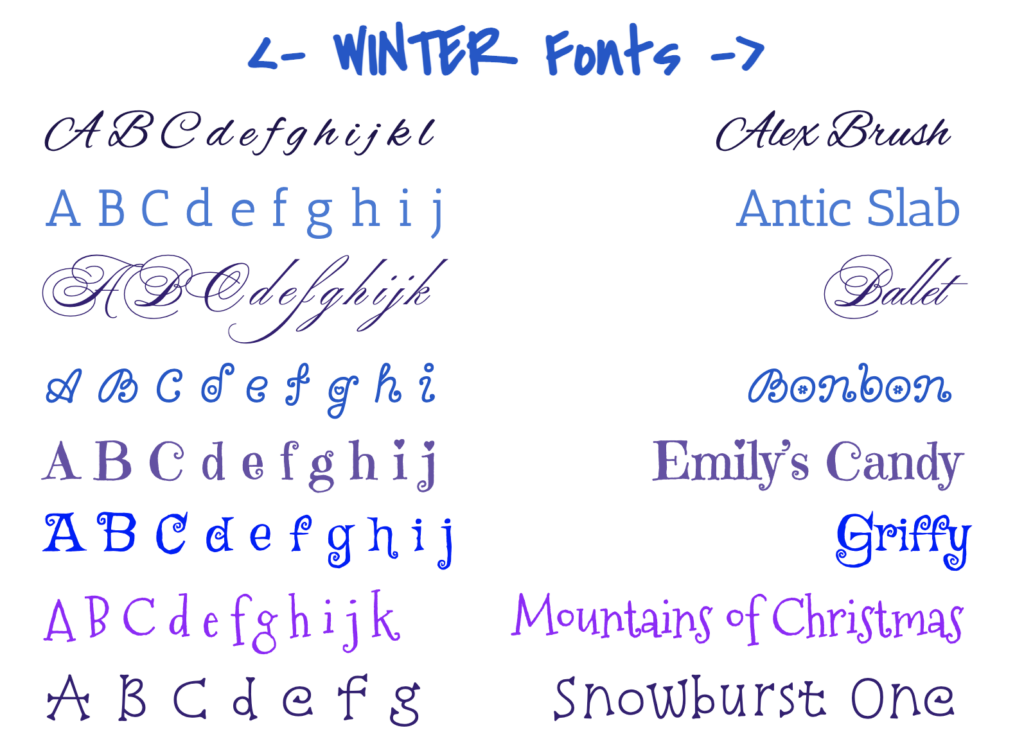
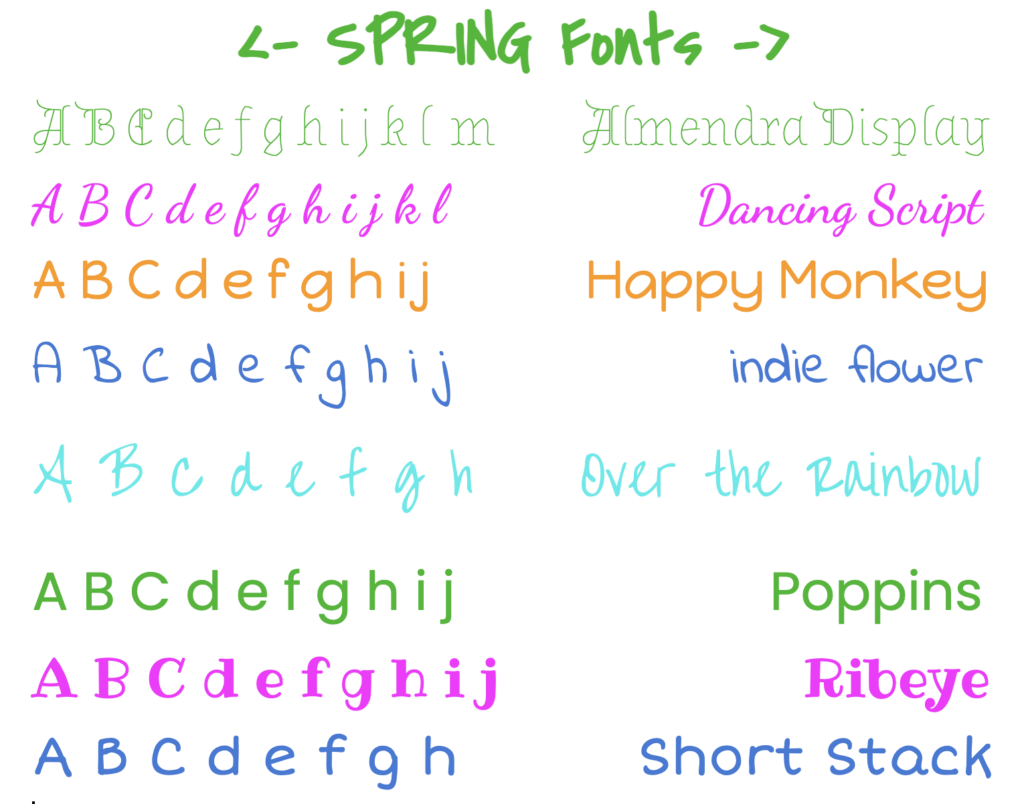
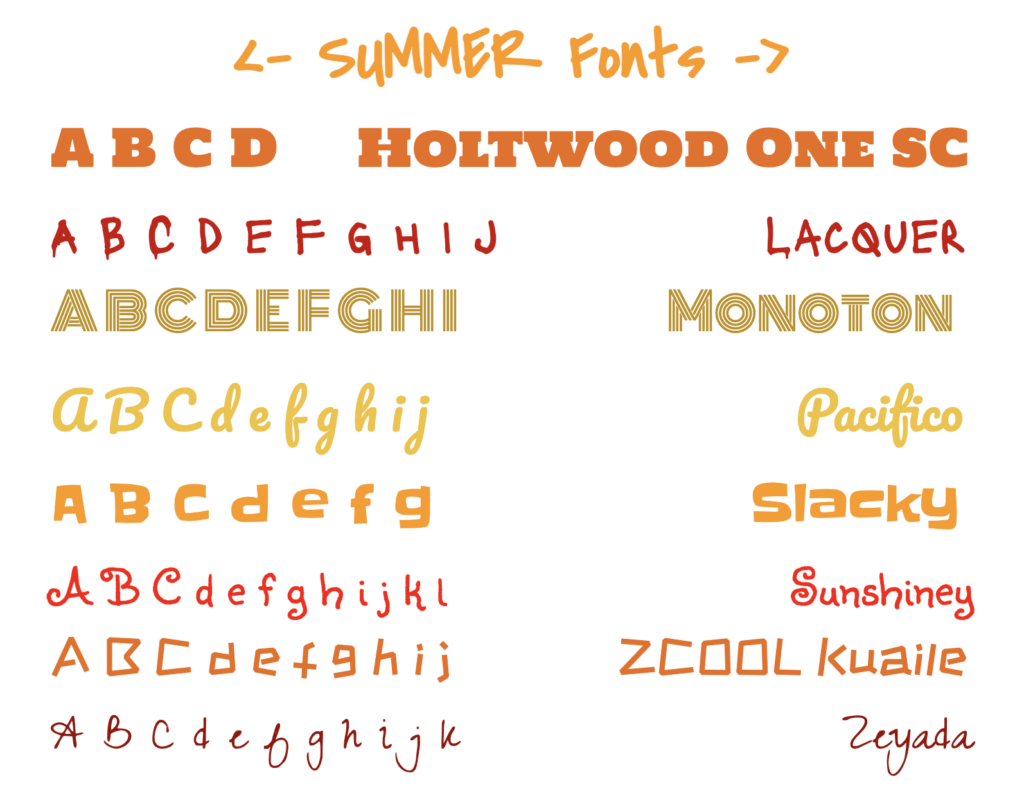

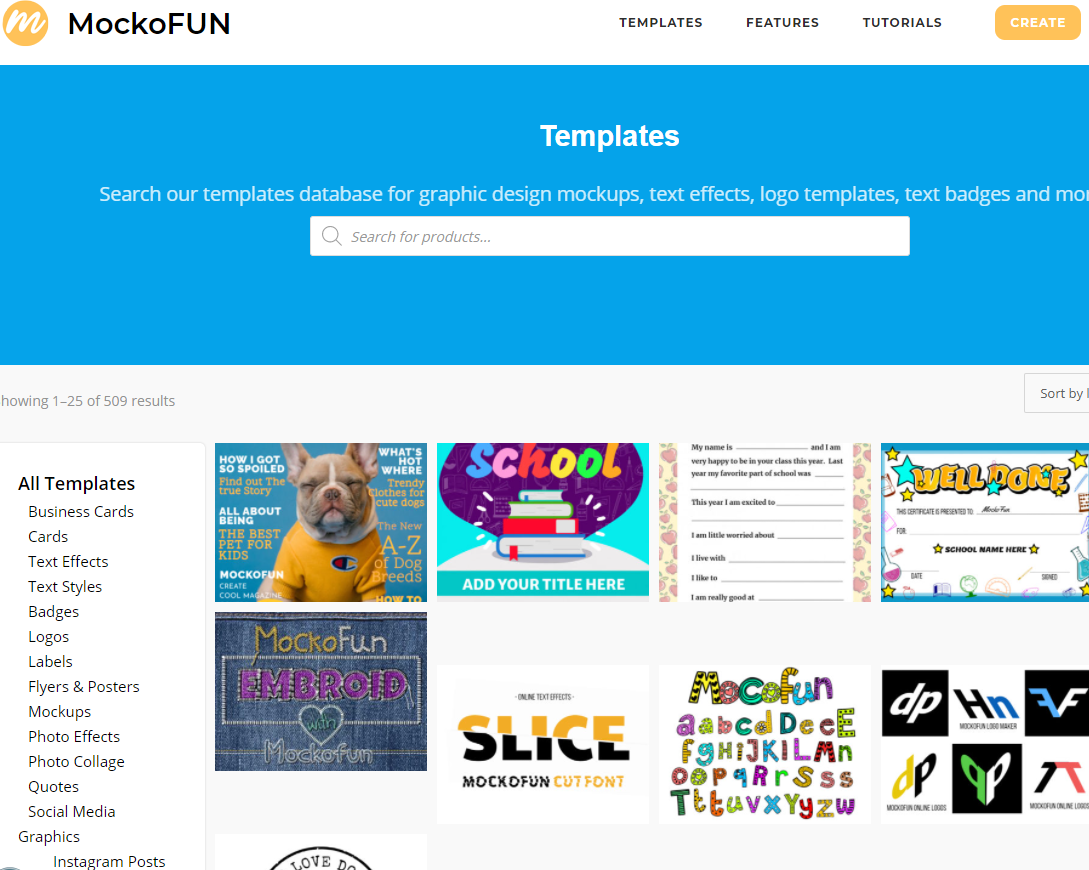
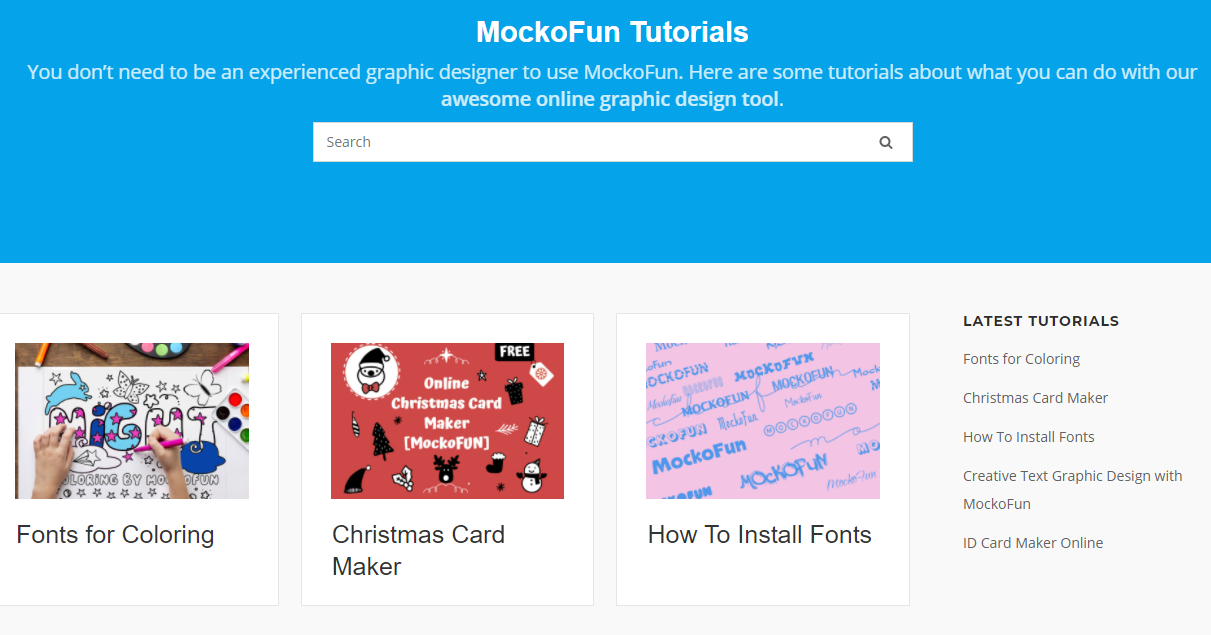
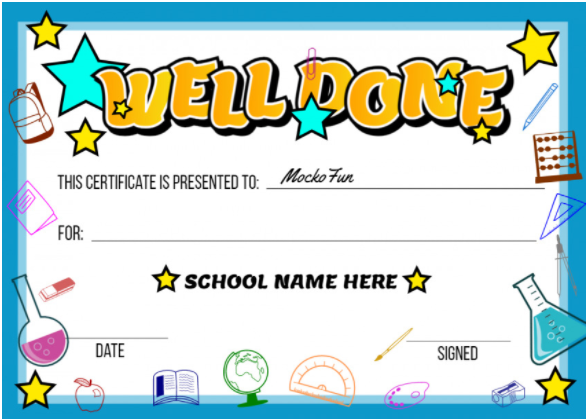
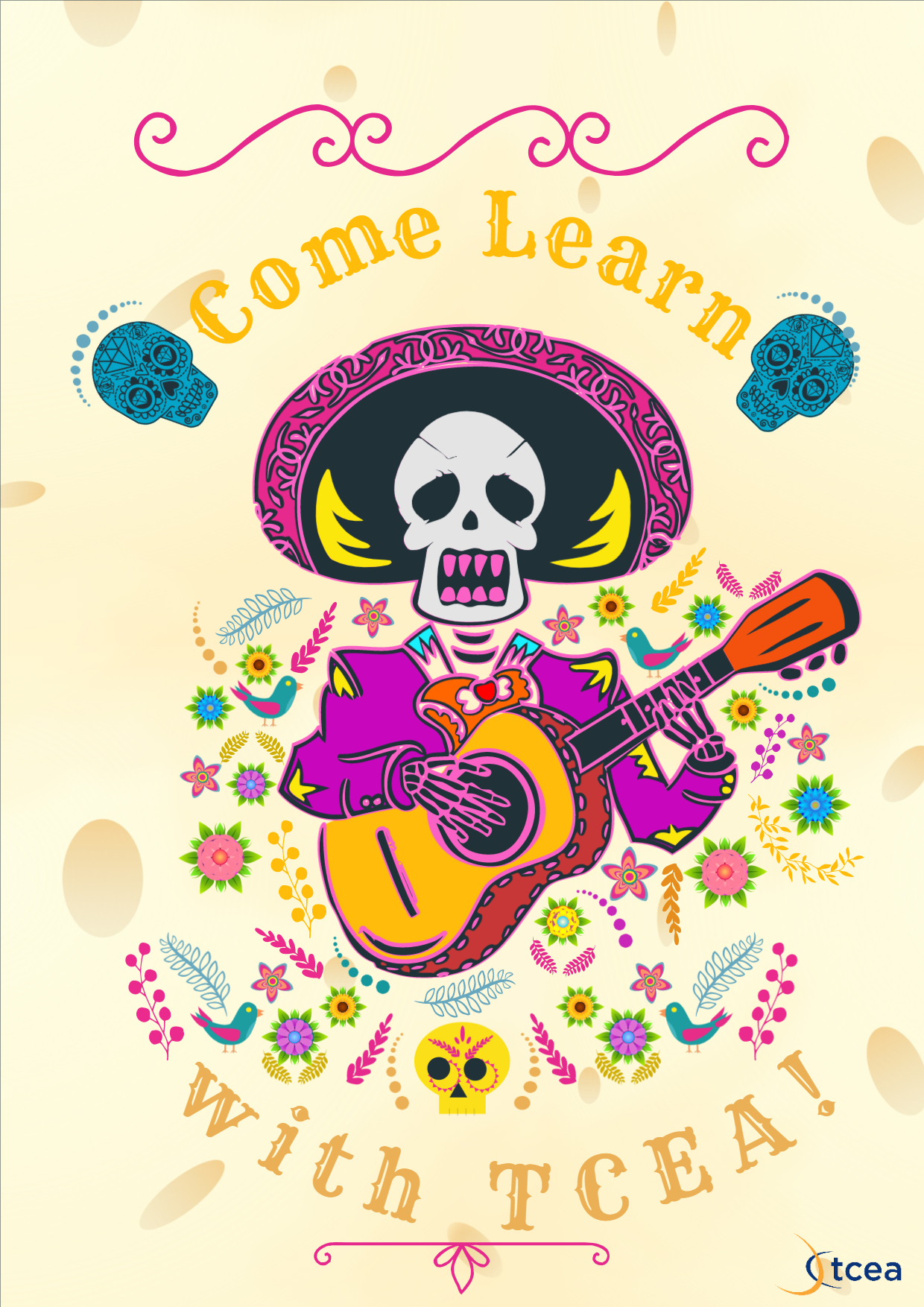
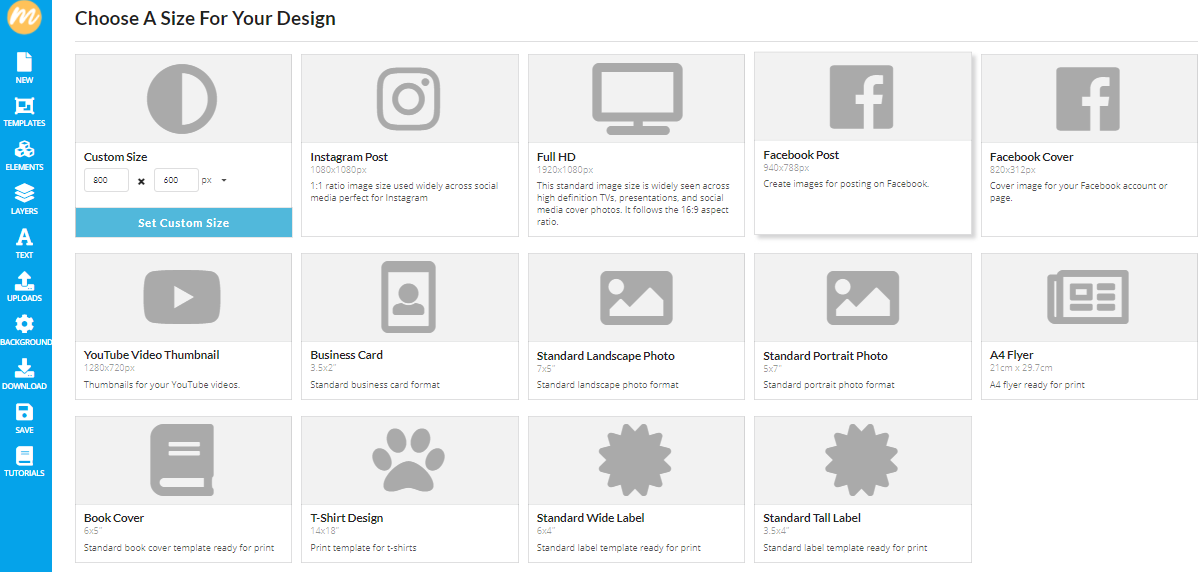
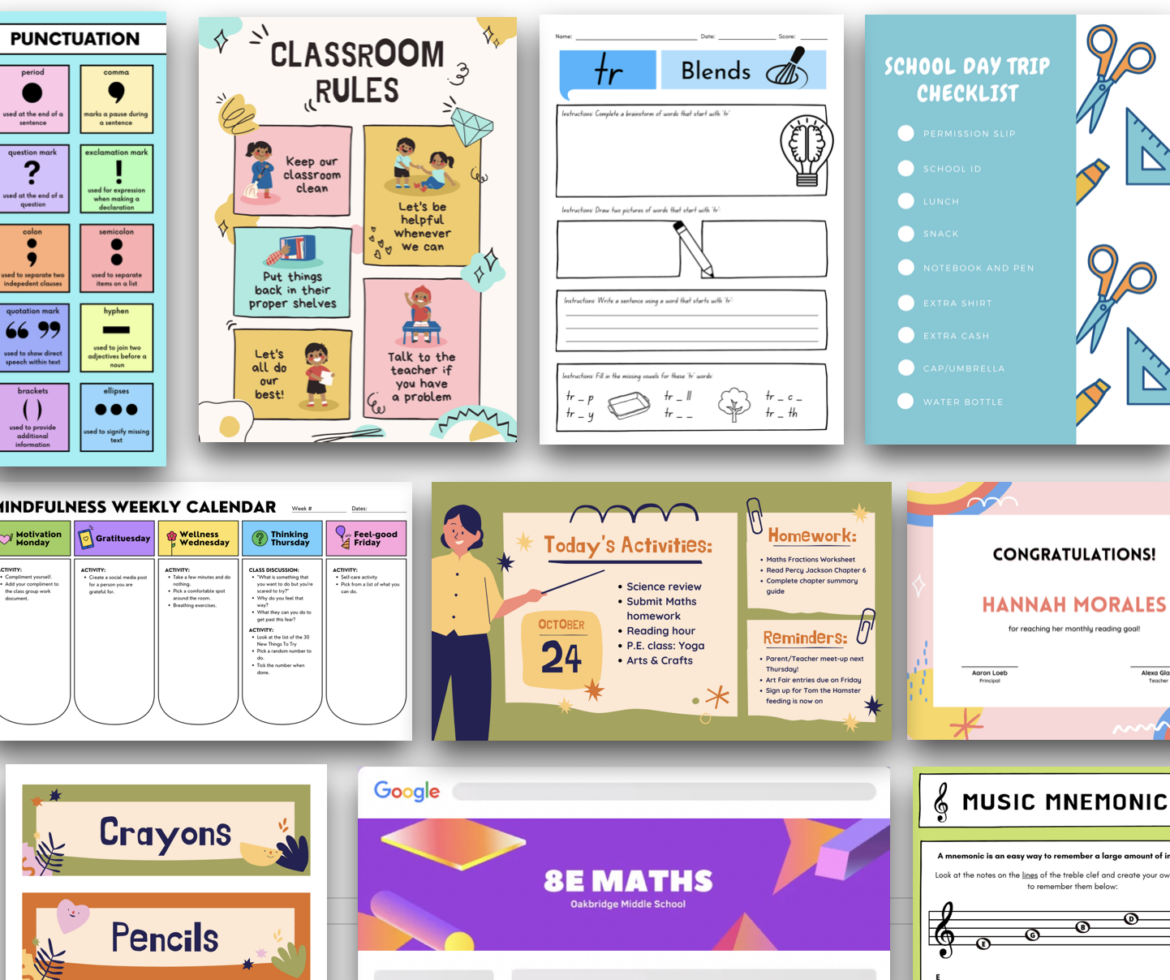
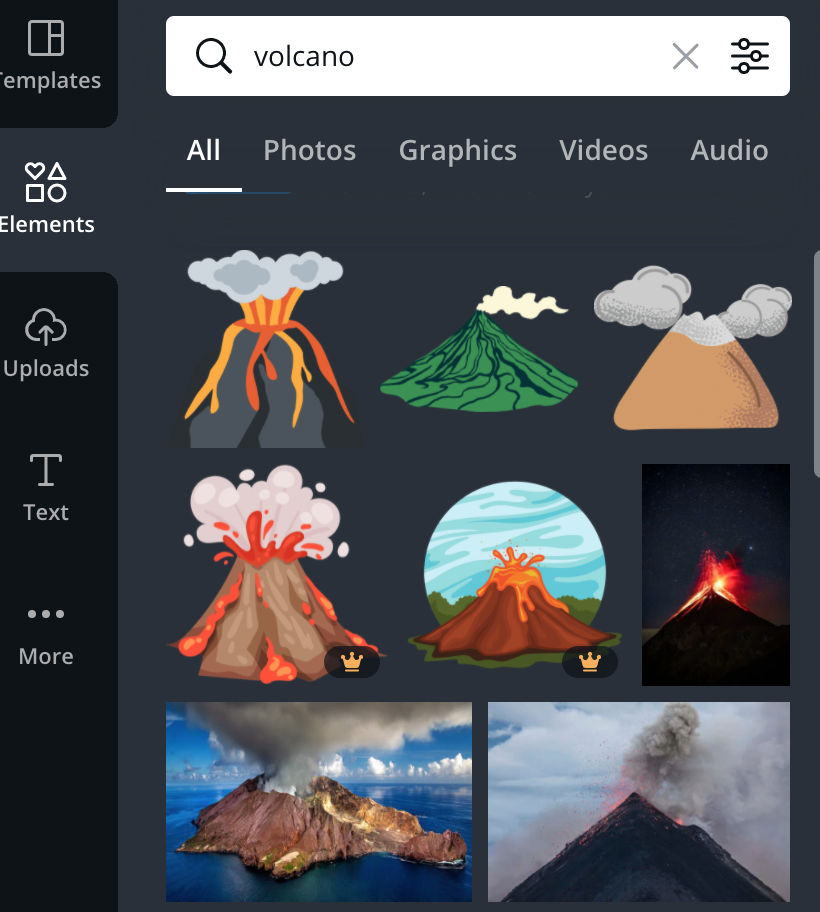
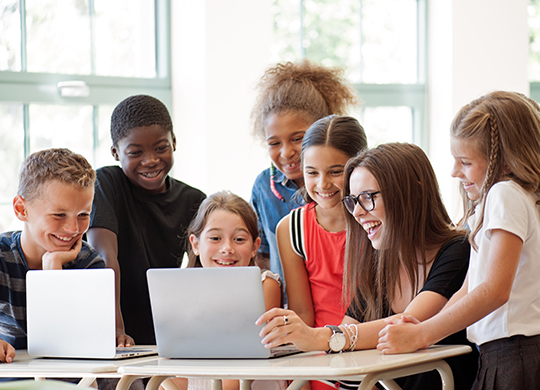
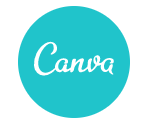
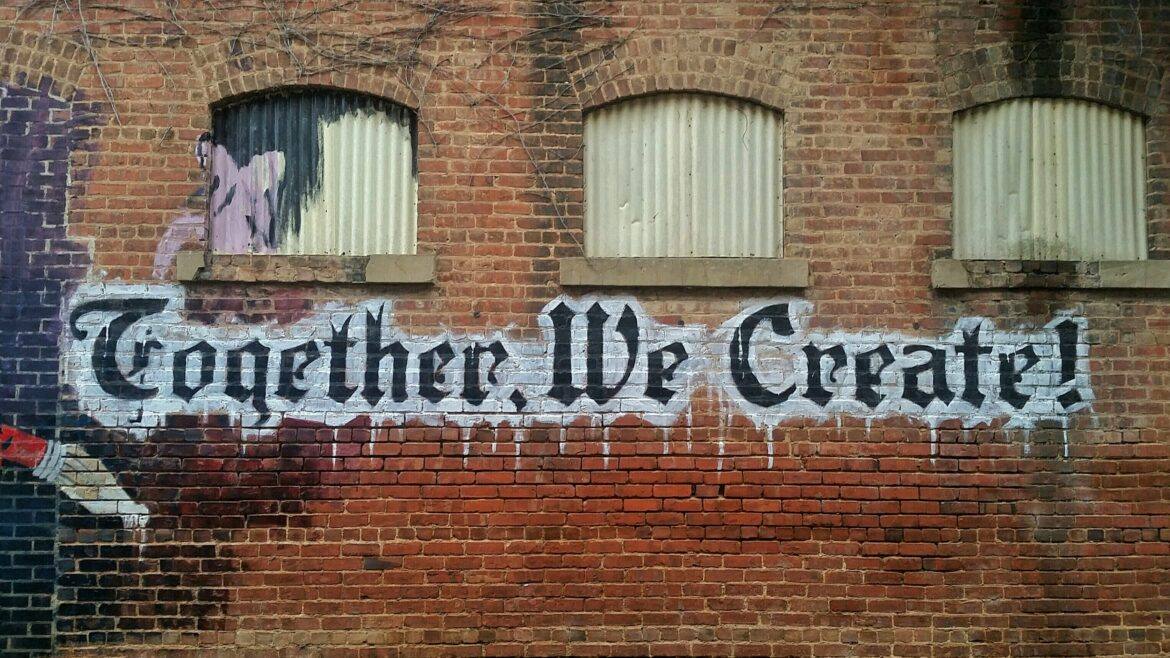
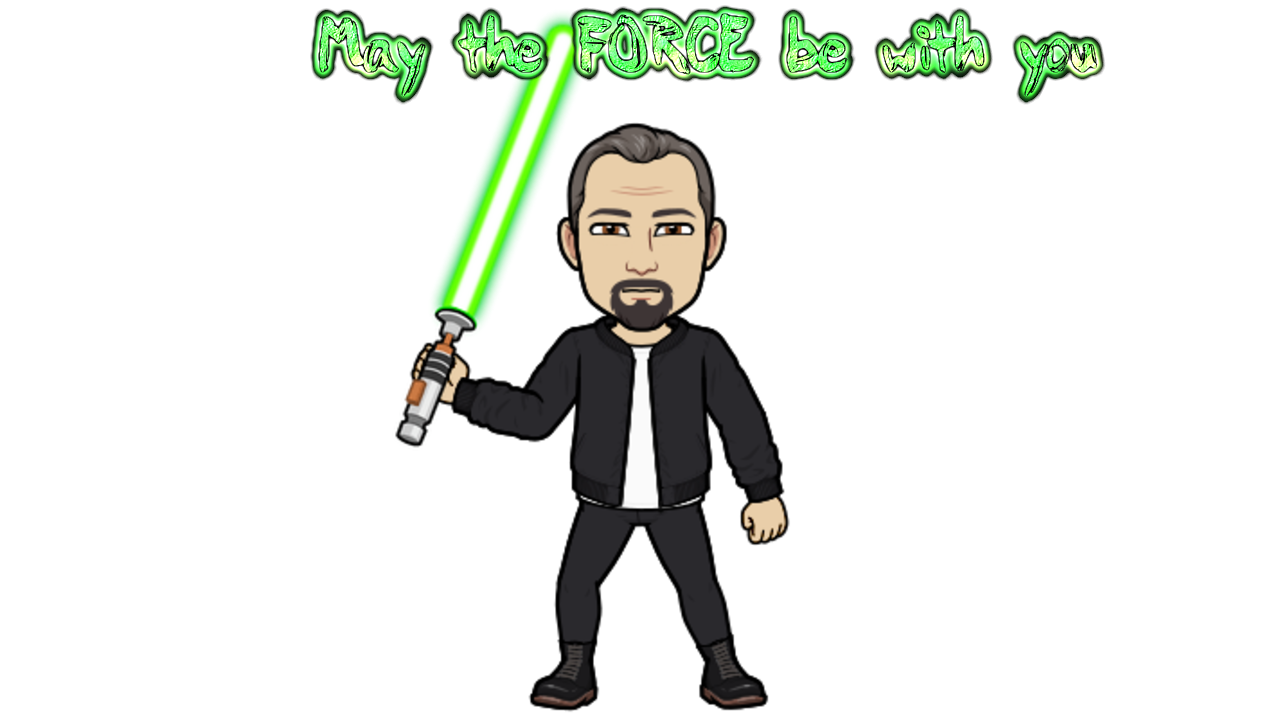


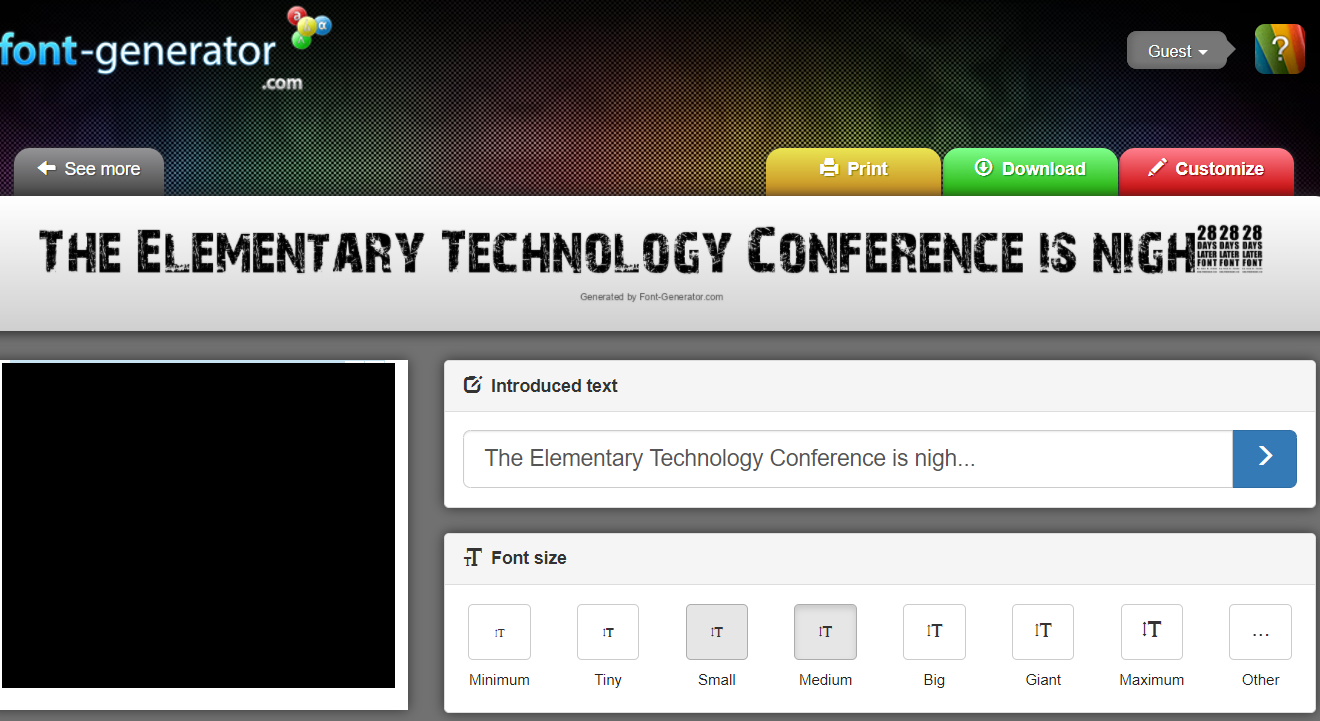
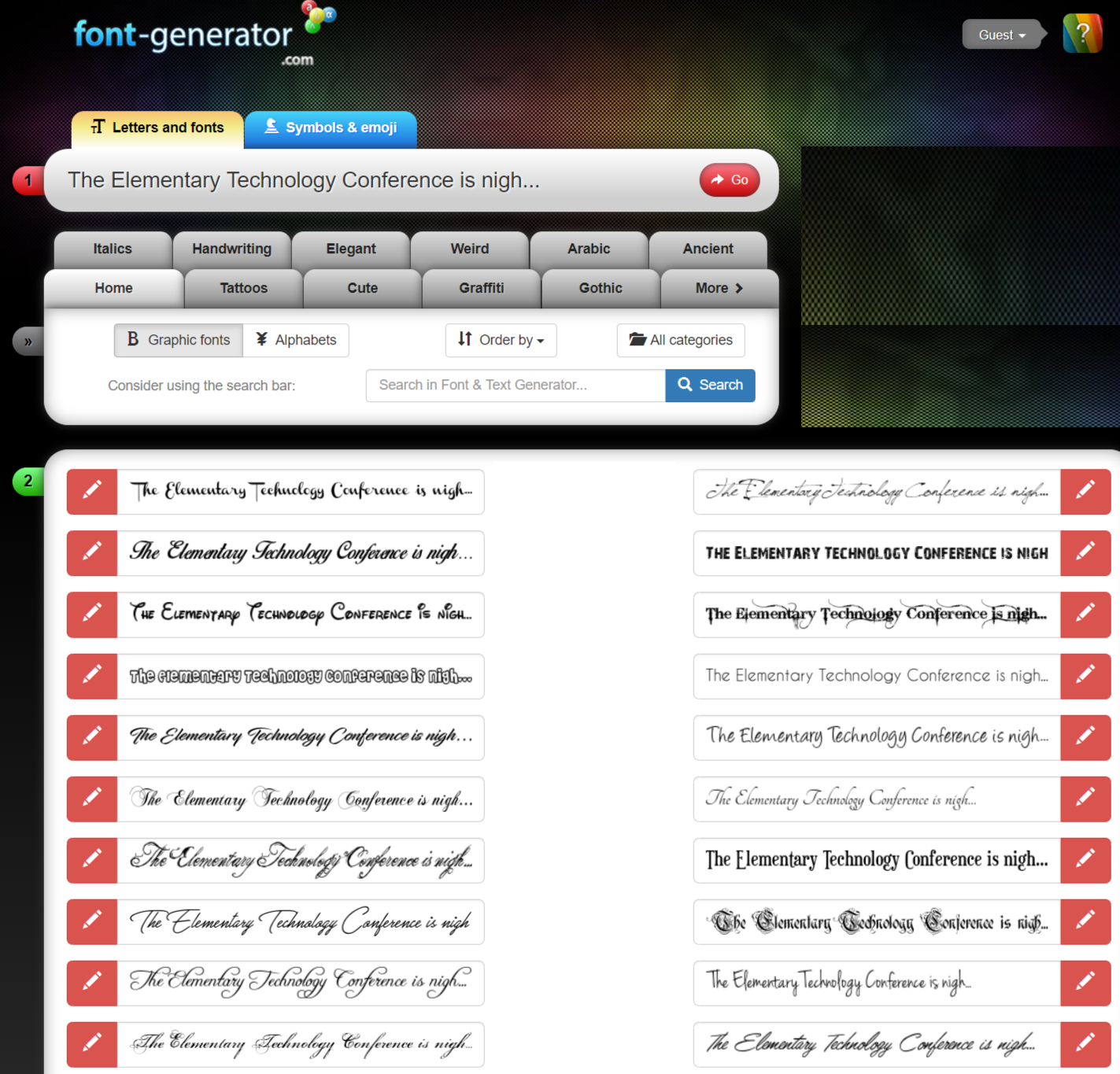
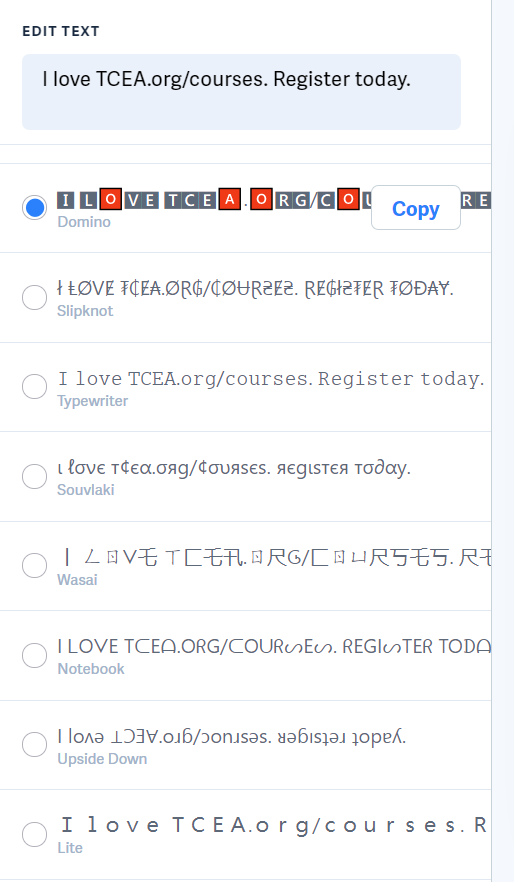
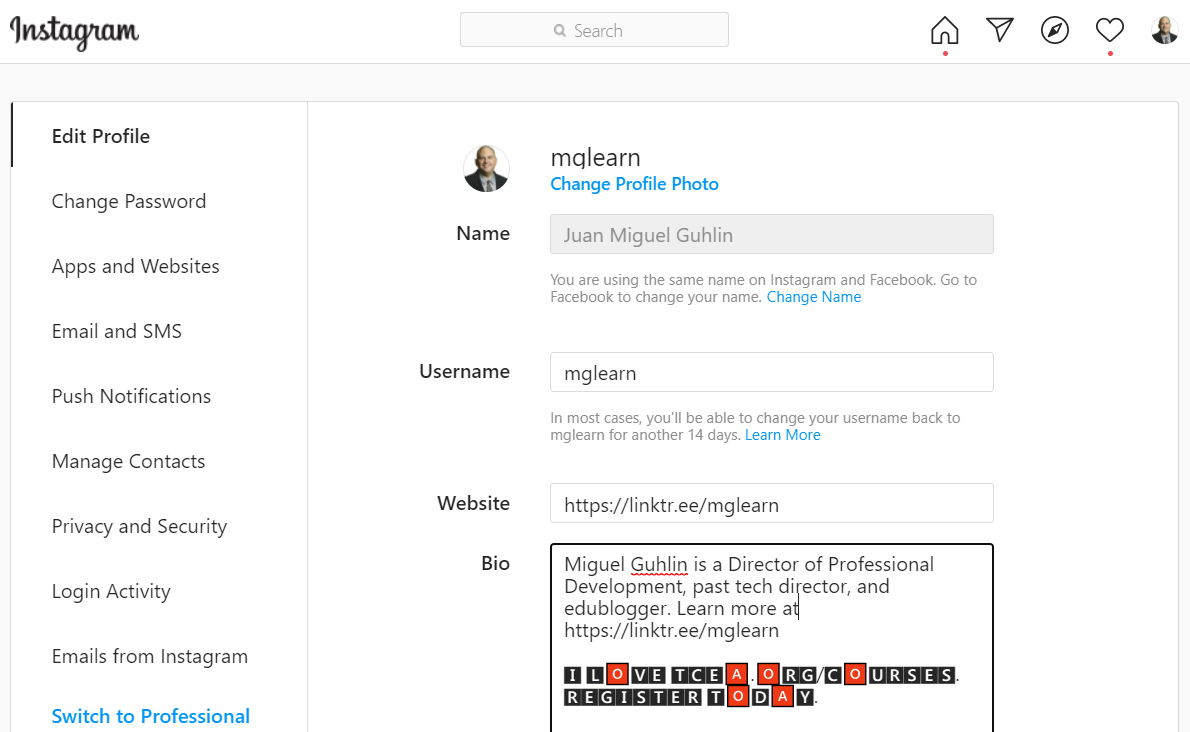
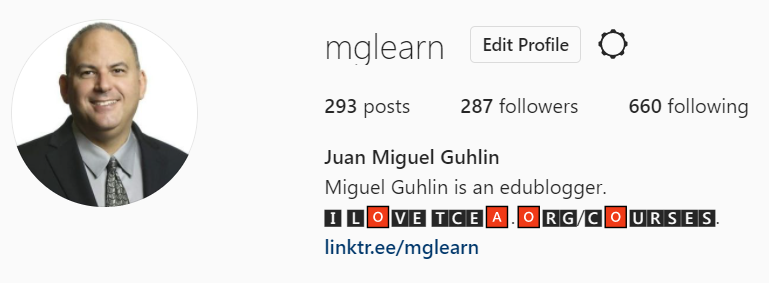
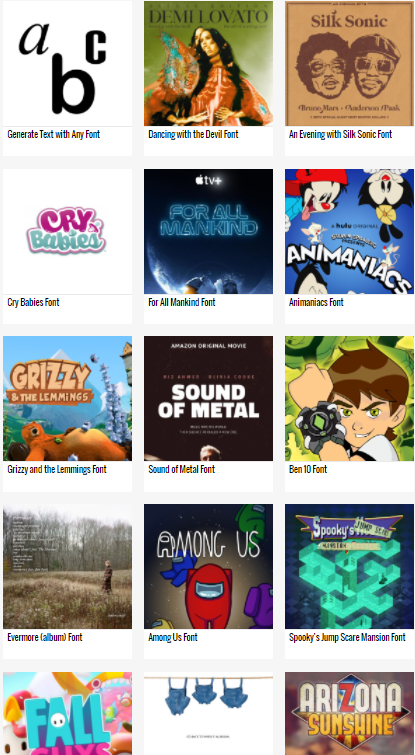

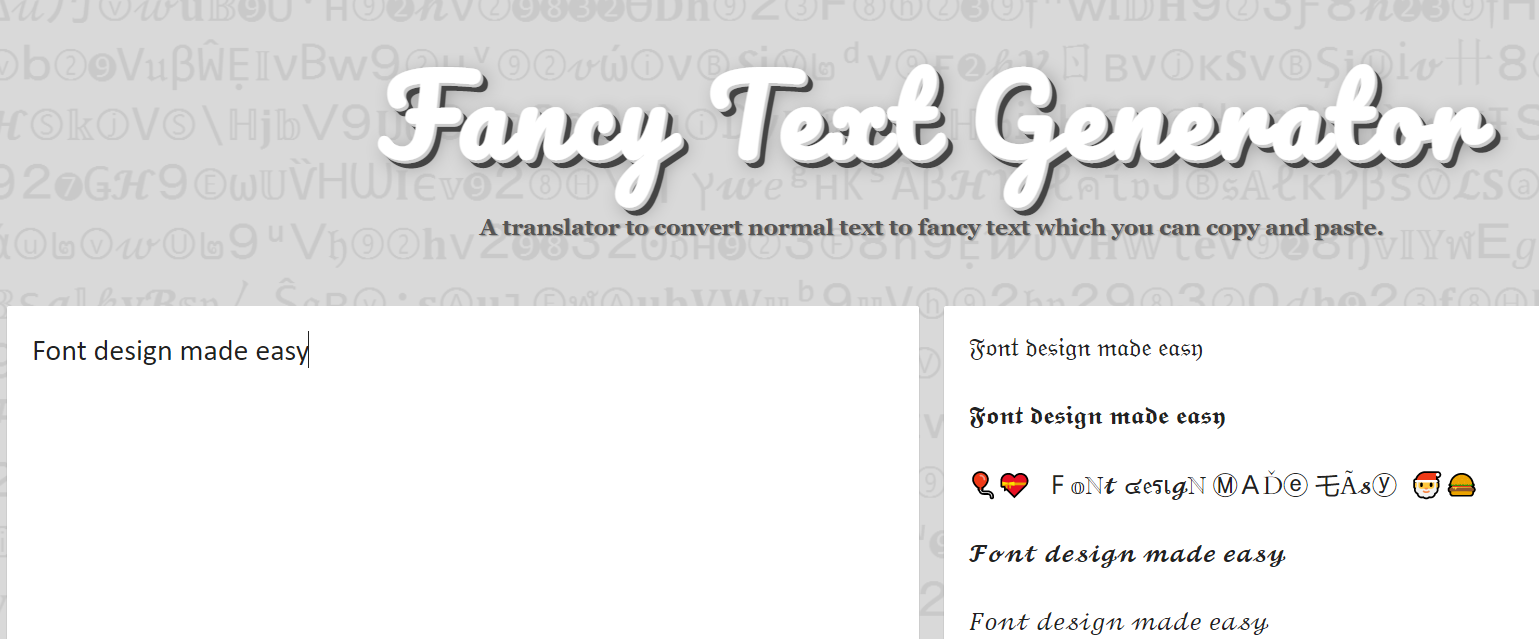
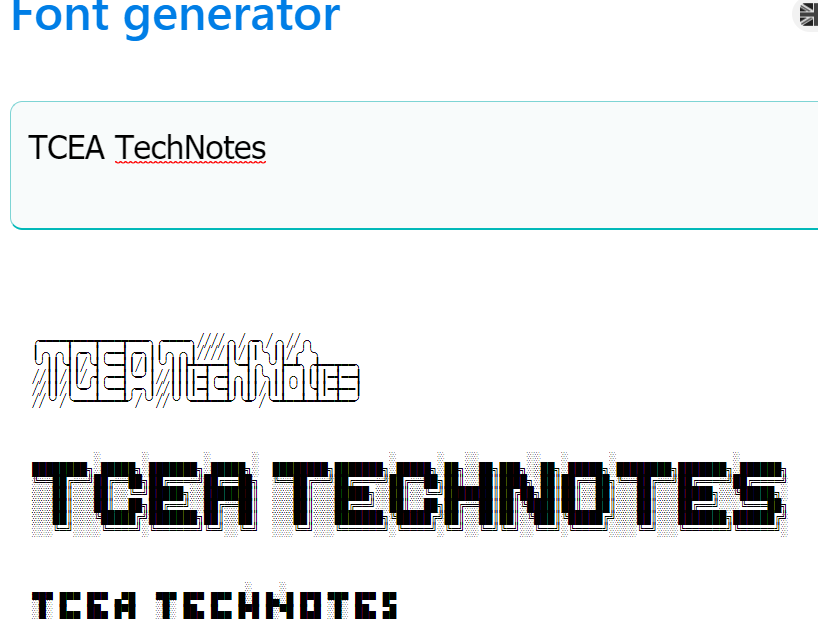

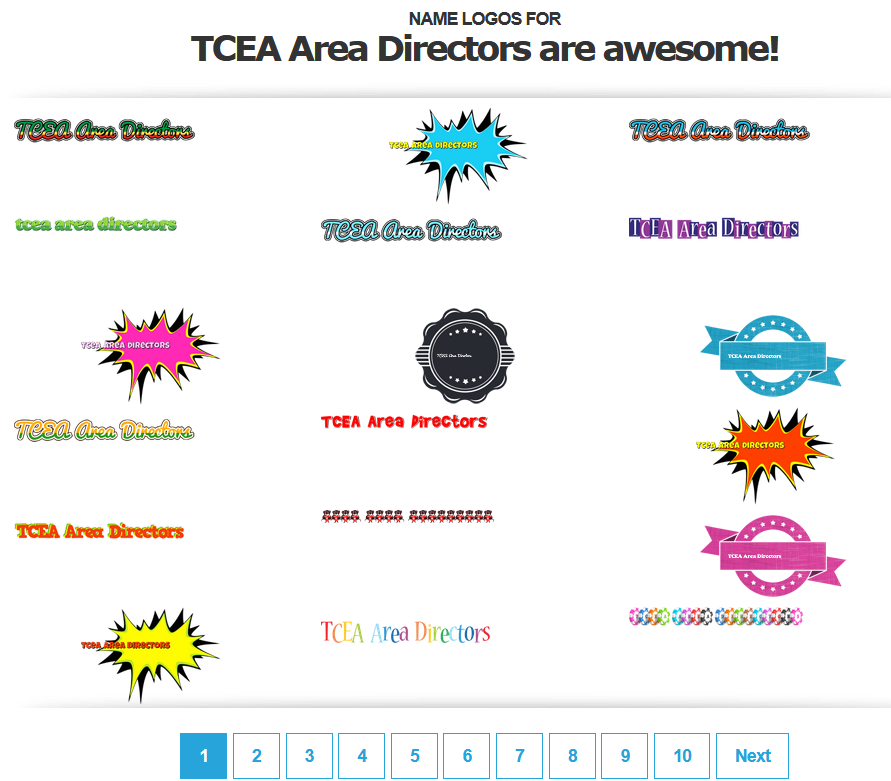
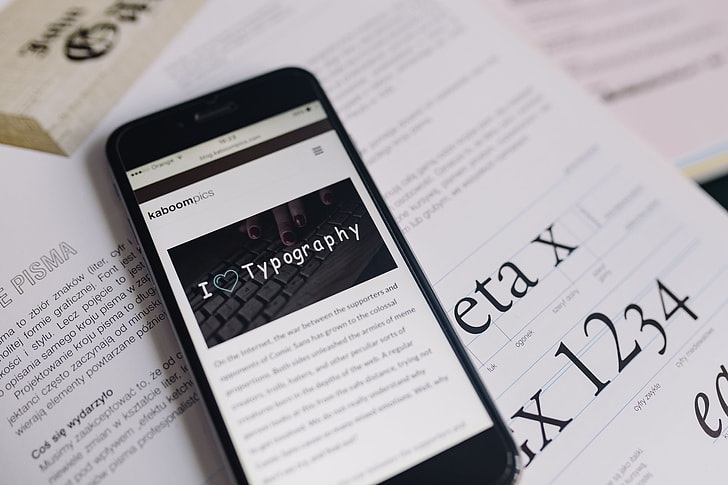

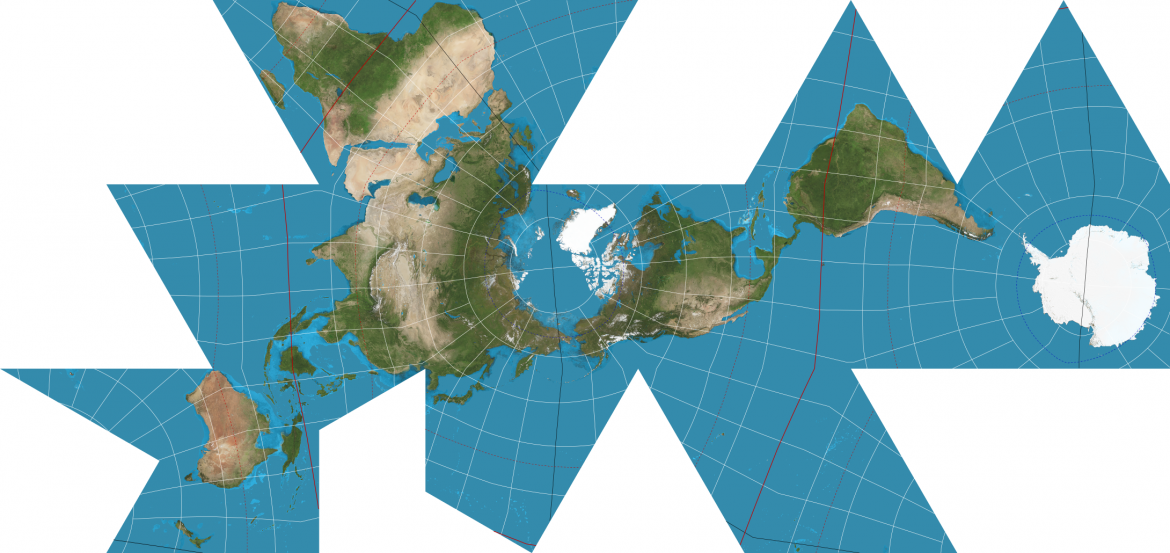
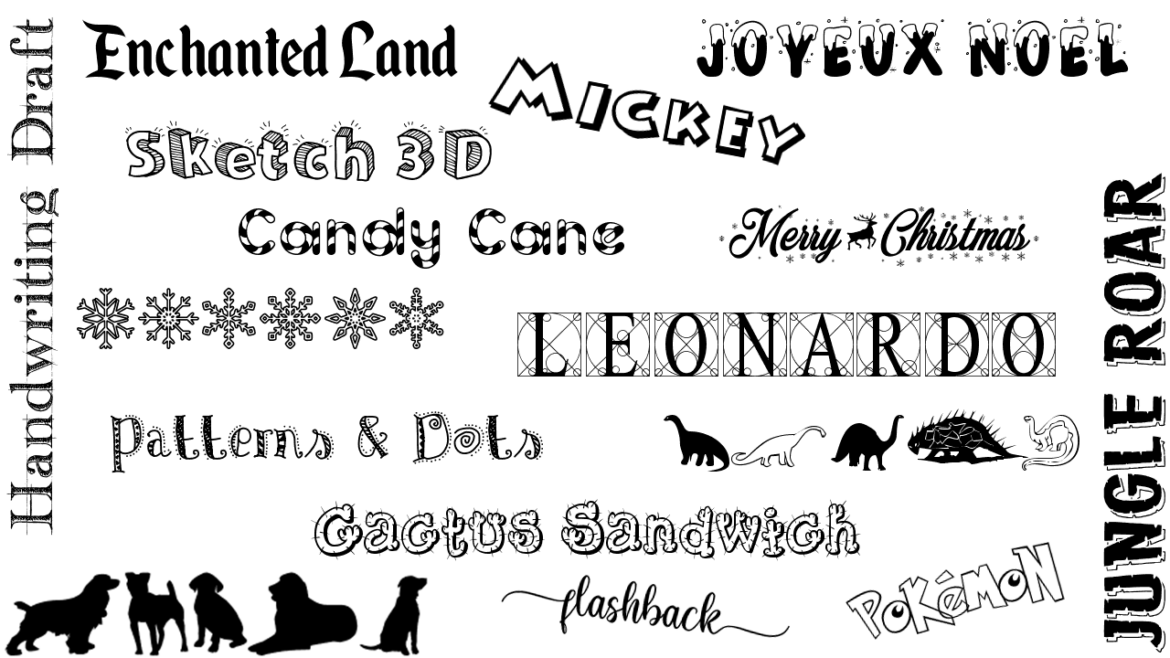
 You may be a person who has hoarded fonts on your computer in the past, only to use the basic 10 fonts that came installed … but you have those other 300 specialty fonts just in case the perfect occasion arises.
You may be a person who has hoarded fonts on your computer in the past, only to use the basic 10 fonts that came installed … but you have those other 300 specialty fonts just in case the perfect occasion arises.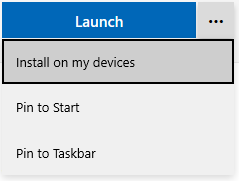 On a Windows 10 computer or tablet (that has a stylus), locate
On a Windows 10 computer or tablet (that has a stylus), locate 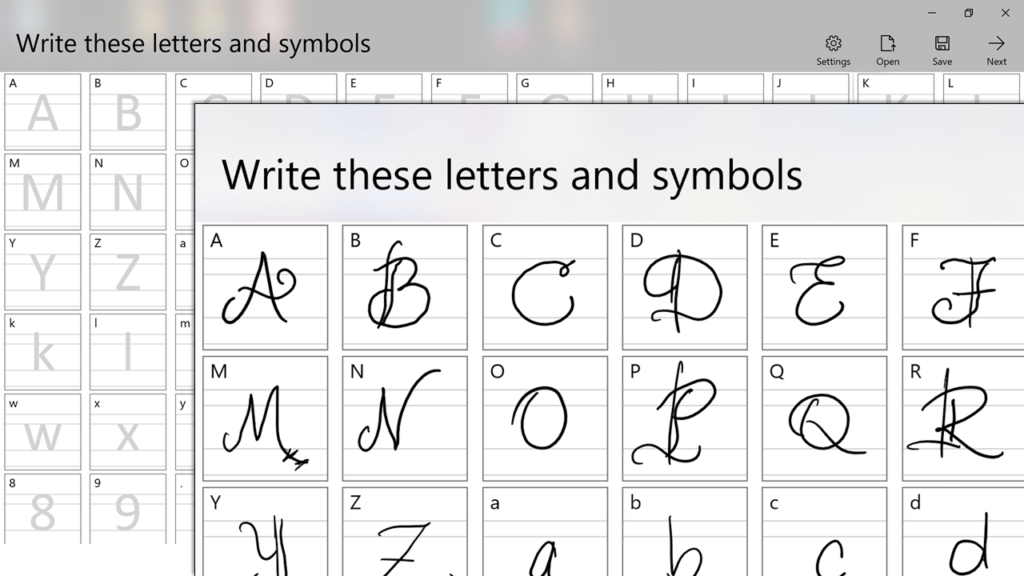
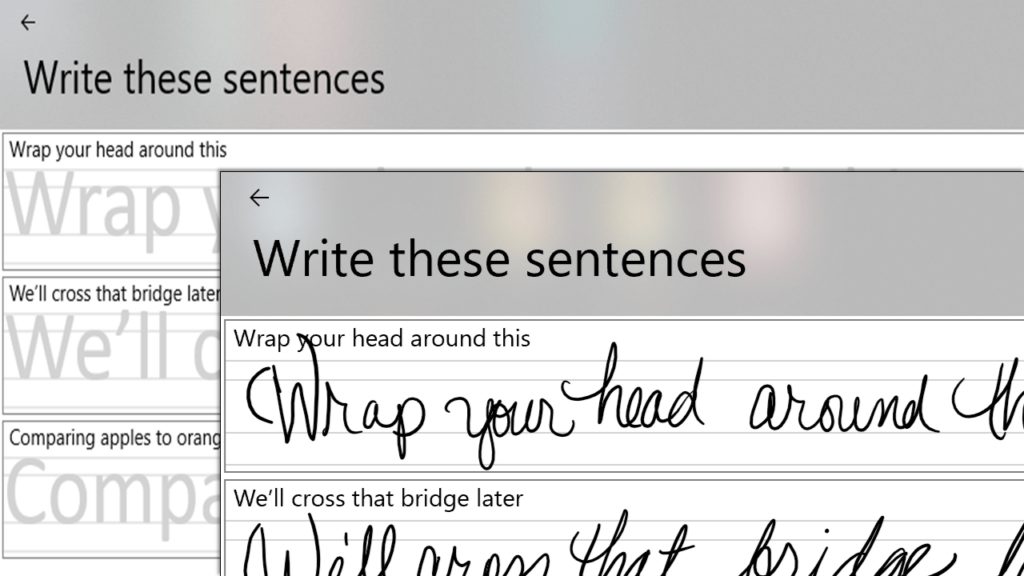

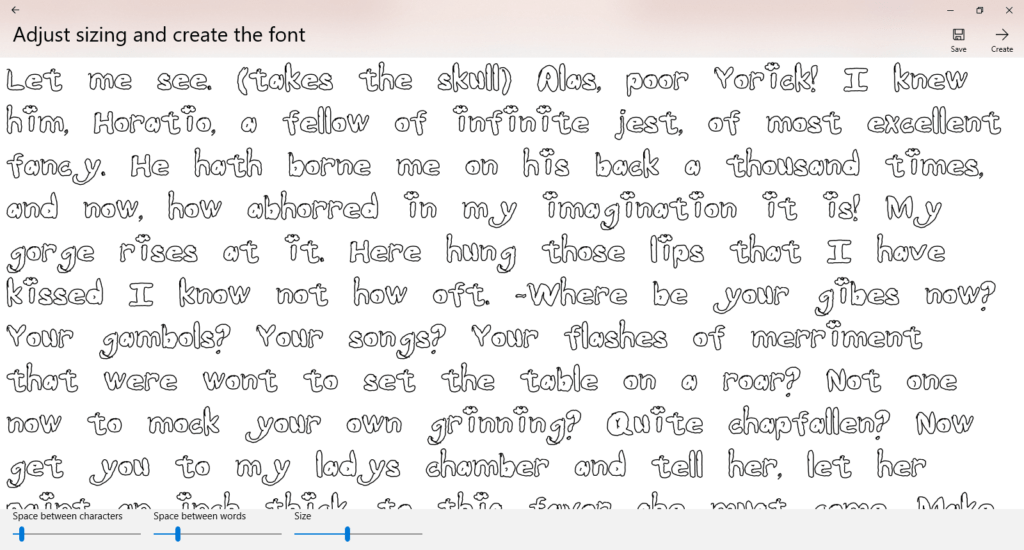



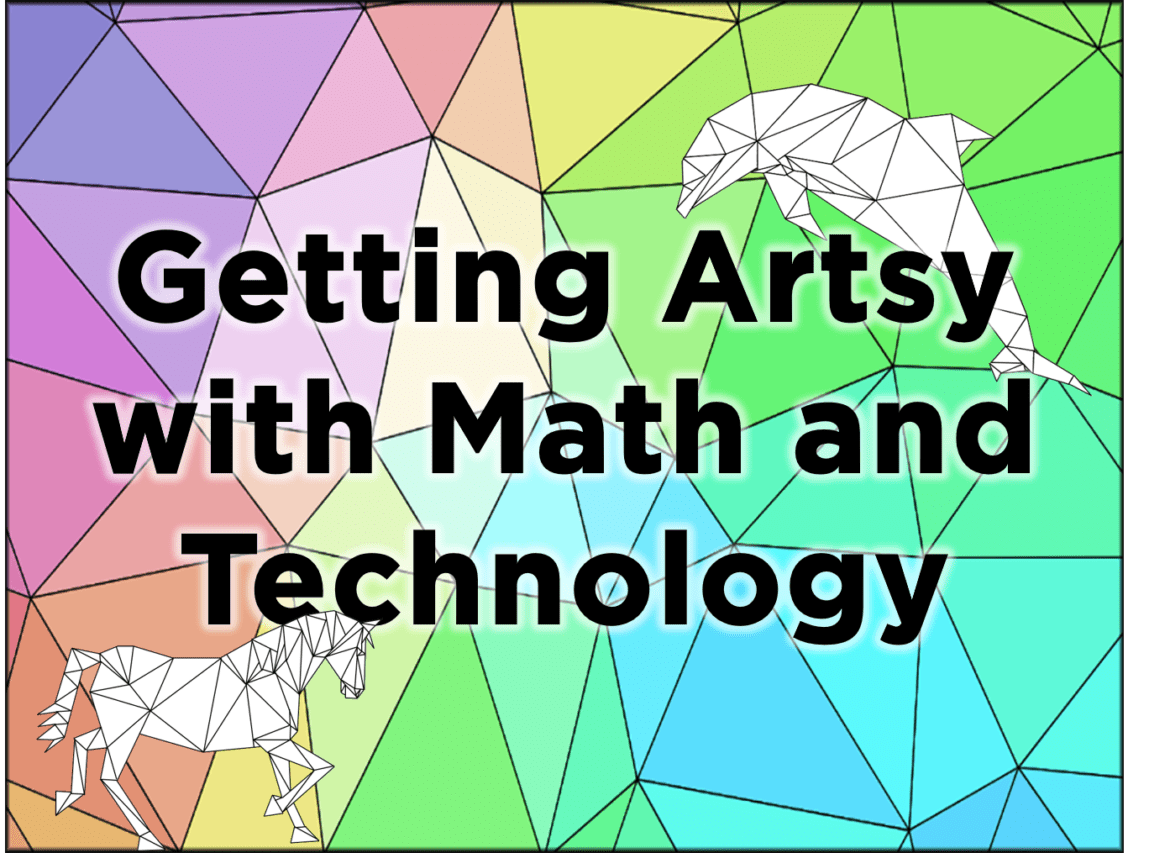
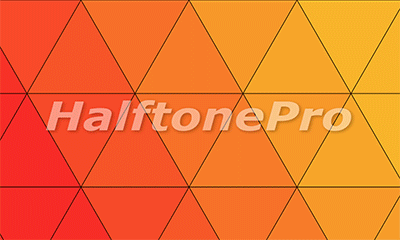 Low poly has been around for decades in the computer industry. As early game designers needed a way to generate images (and later animation) that did not exceed the available memory, they found they could reduce the file size by reducing the amount of information contained in the picture itself. This was achieved by connecting a mesh of dots to form polygons that are filled with a single color. The most popular shape to use is a triangle. This method allowed designers to easily reduce an image to mathematical terms instead of every pixel having its own color. You may have noticed that even current gaming systems are making use of the retro look of low poly. News sites may apply a low poly filter when interviewing a witness that wants to remain anonymous so that their physical features are less likely to be identified.
Low poly has been around for decades in the computer industry. As early game designers needed a way to generate images (and later animation) that did not exceed the available memory, they found they could reduce the file size by reducing the amount of information contained in the picture itself. This was achieved by connecting a mesh of dots to form polygons that are filled with a single color. The most popular shape to use is a triangle. This method allowed designers to easily reduce an image to mathematical terms instead of every pixel having its own color. You may have noticed that even current gaming systems are making use of the retro look of low poly. News sites may apply a low poly filter when interviewing a witness that wants to remain anonymous so that their physical features are less likely to be identified.


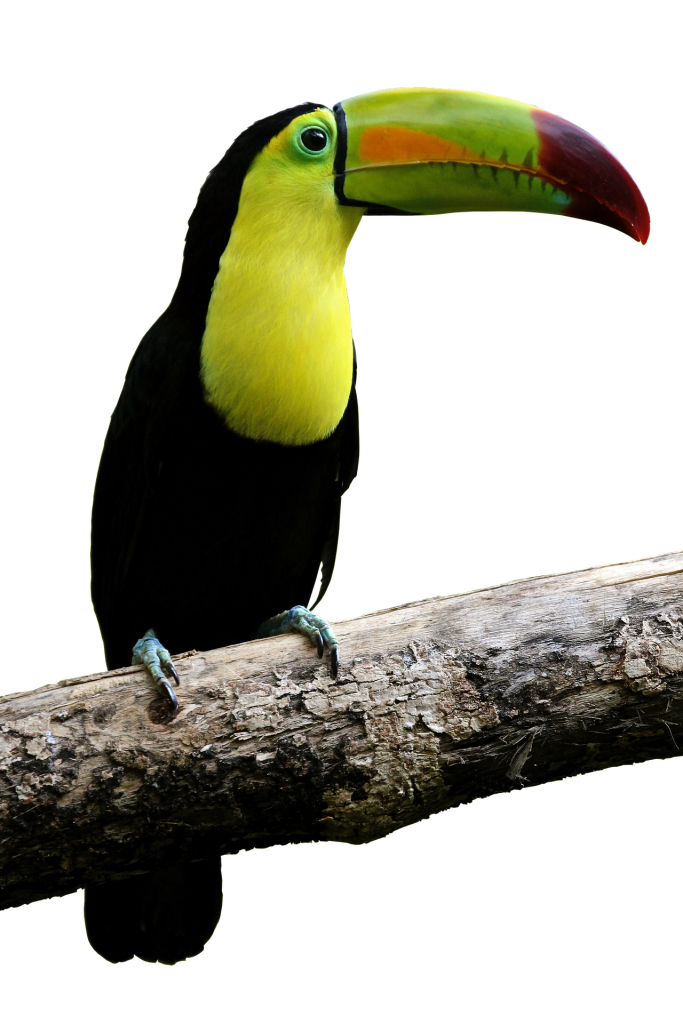
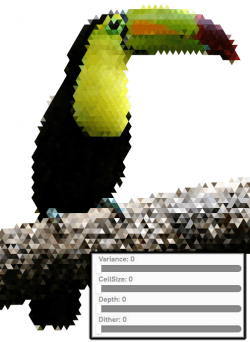
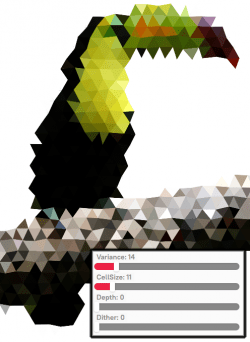



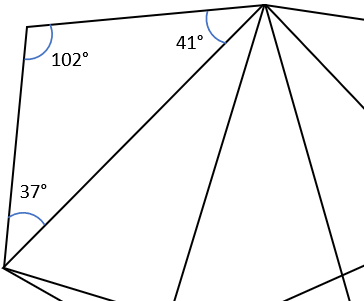 Identifying Angles – Because low poly can be made using only triangles, give students a page from the Low Poly Samples pdf file (link below) and have them identify whether each angle is a right, acute, or obtuse angle by writing r, a, or o in the angle respectively. For older students, have them use a protractor to identify the exact angle and have them write the measurement in each angle. Students can easily check their work by calculating the sum of the angles in the shape. The sum of the angles in a triangle will equal 180°, while the sum of the angles in a polygon with four or more sides is equal to 360°.
Identifying Angles – Because low poly can be made using only triangles, give students a page from the Low Poly Samples pdf file (link below) and have them identify whether each angle is a right, acute, or obtuse angle by writing r, a, or o in the angle respectively. For older students, have them use a protractor to identify the exact angle and have them write the measurement in each angle. Students can easily check their work by calculating the sum of the angles in the shape. The sum of the angles in a triangle will equal 180°, while the sum of the angles in a polygon with four or more sides is equal to 360°. 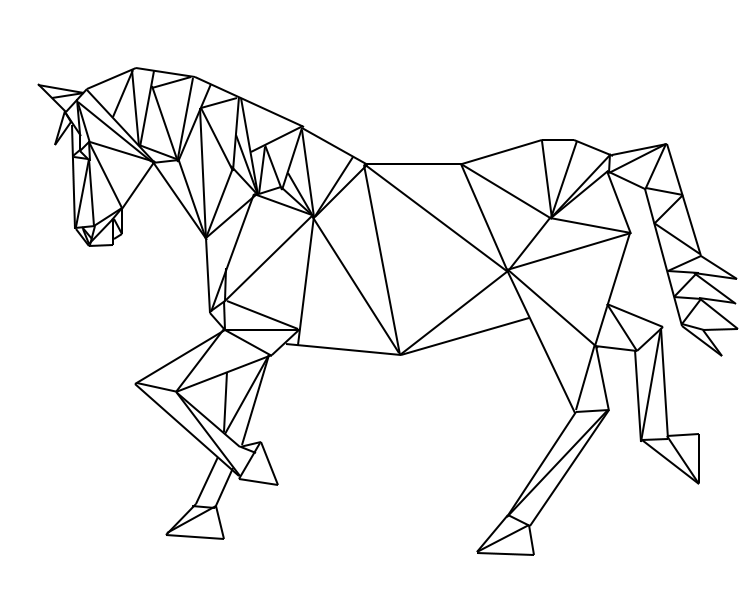 Low Poly Animals – Provide animal shapes for students to use as patterns. Laying a sheet of blank paper over the pattern, students trace the image using only straight lines and fill the image in with line segments to create triangles, squares, pentagons, etc. but no curved lines. The image to the right is my work using this method.
Low Poly Animals – Provide animal shapes for students to use as patterns. Laying a sheet of blank paper over the pattern, students trace the image using only straight lines and fill the image in with line segments to create triangles, squares, pentagons, etc. but no curved lines. The image to the right is my work using this method.